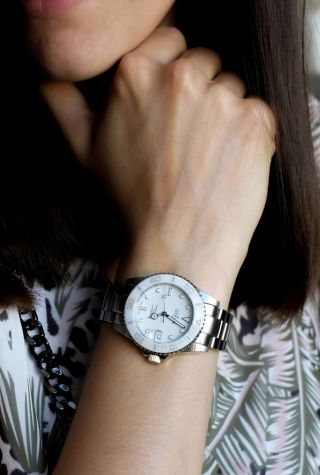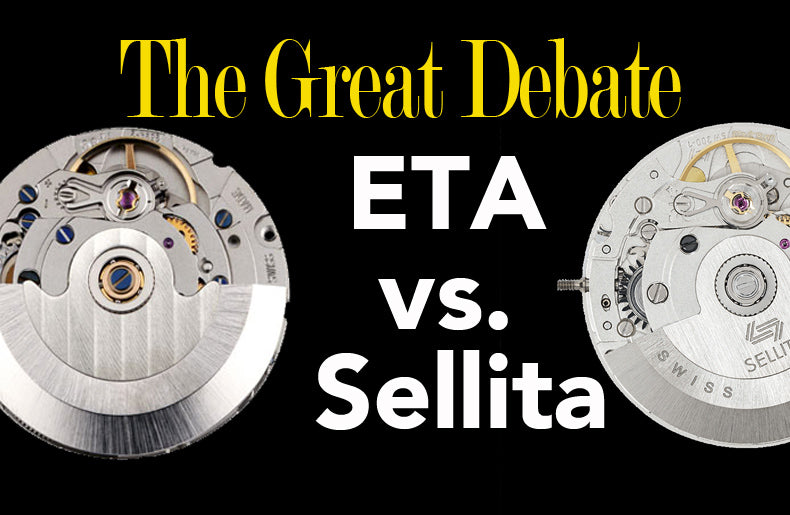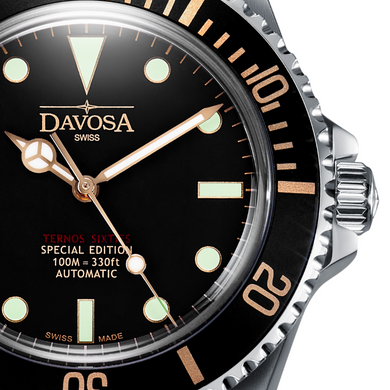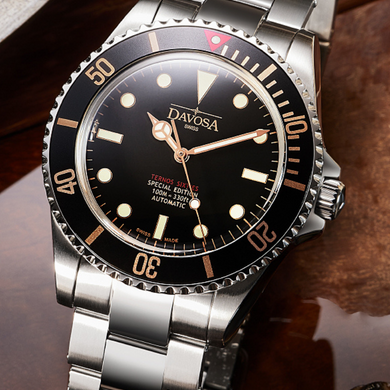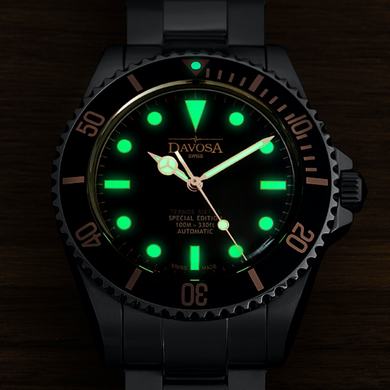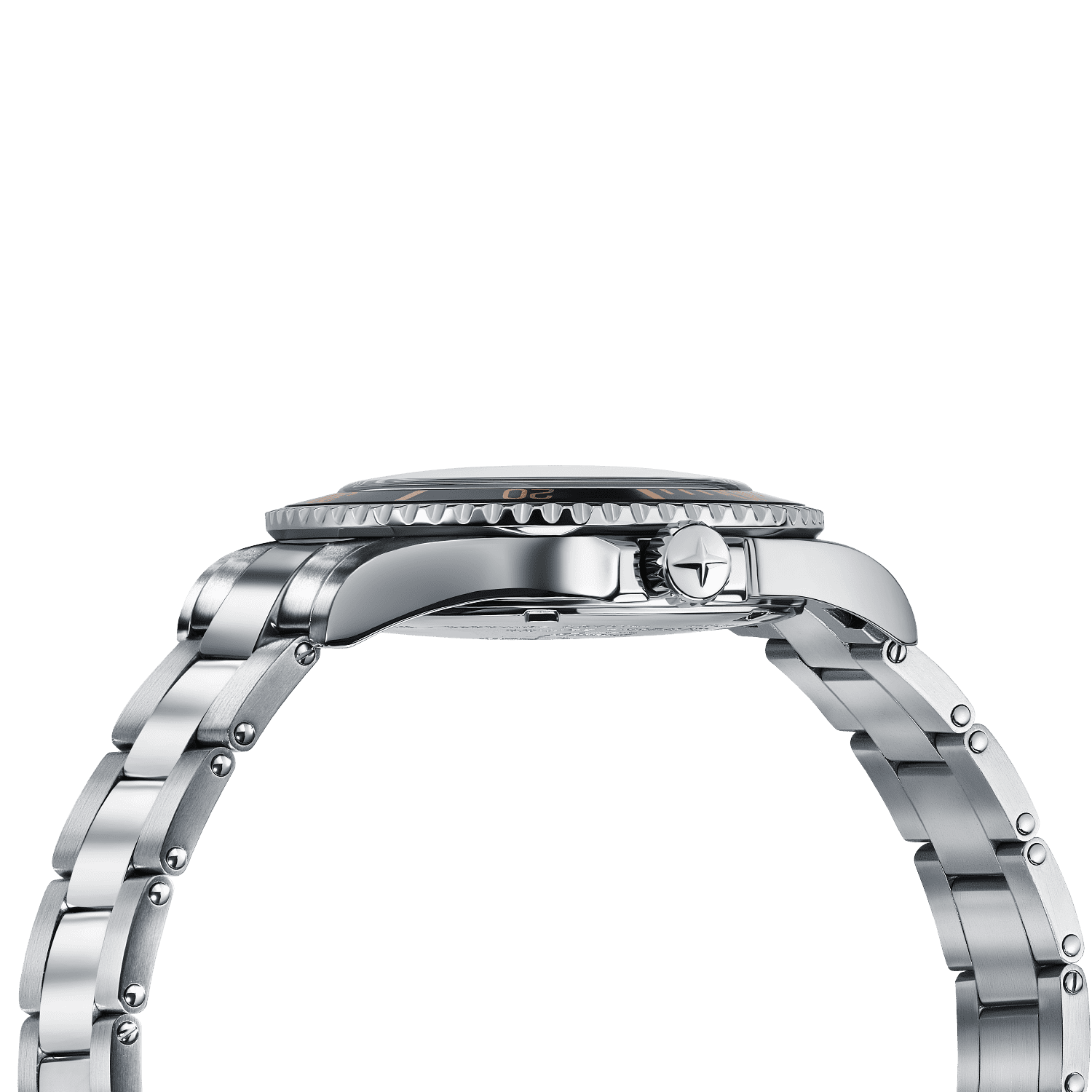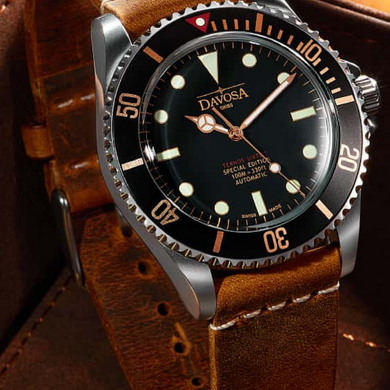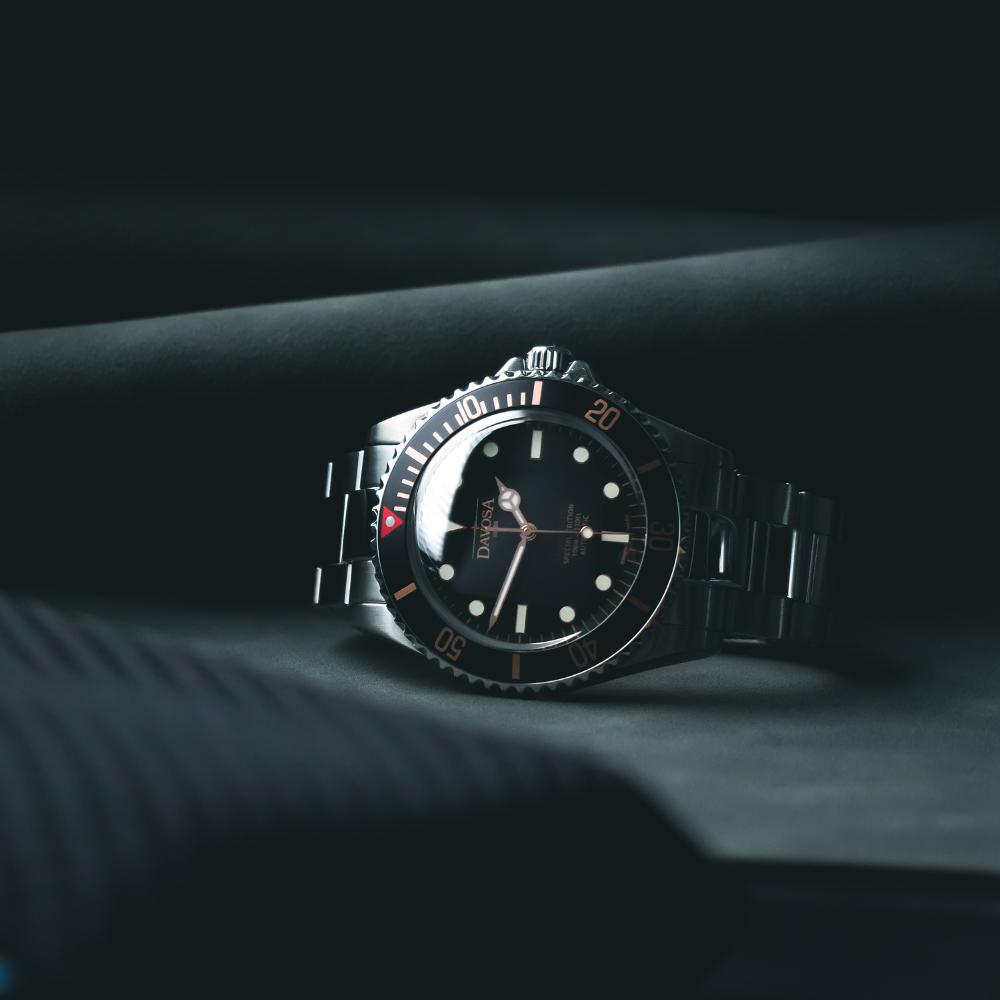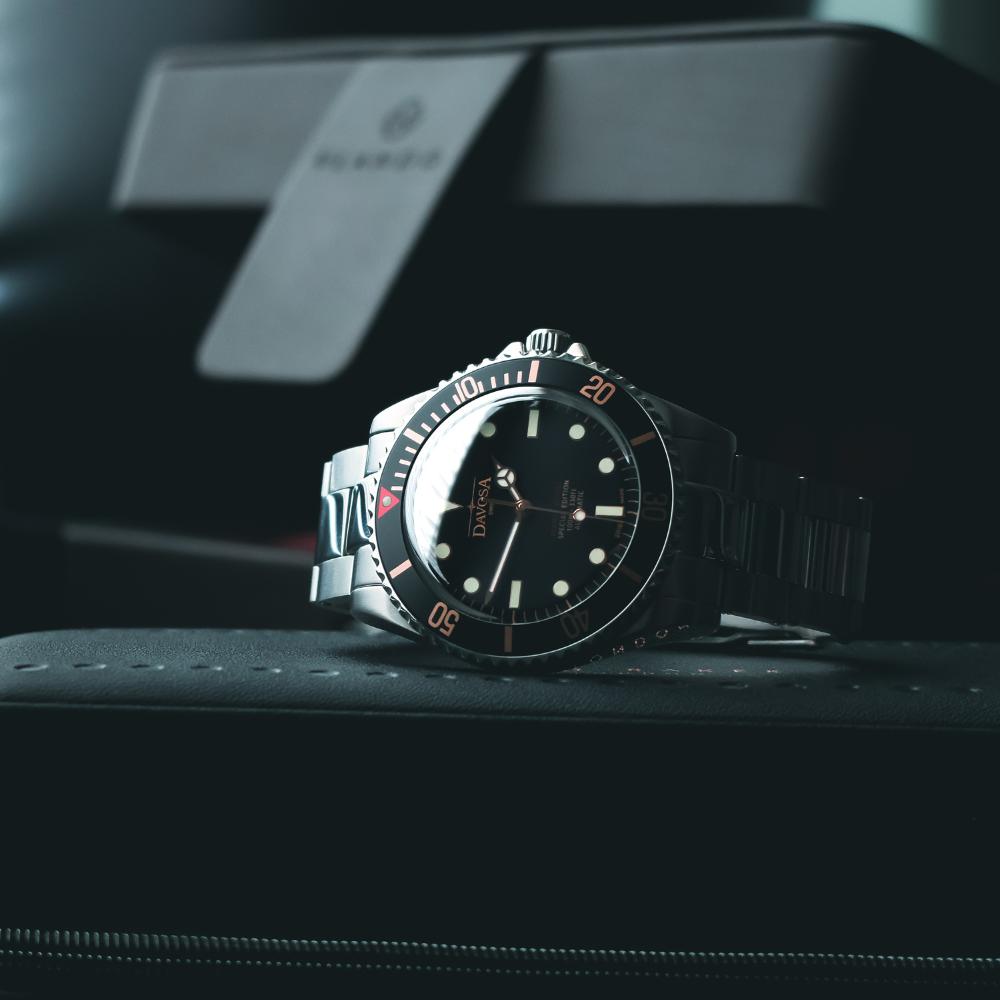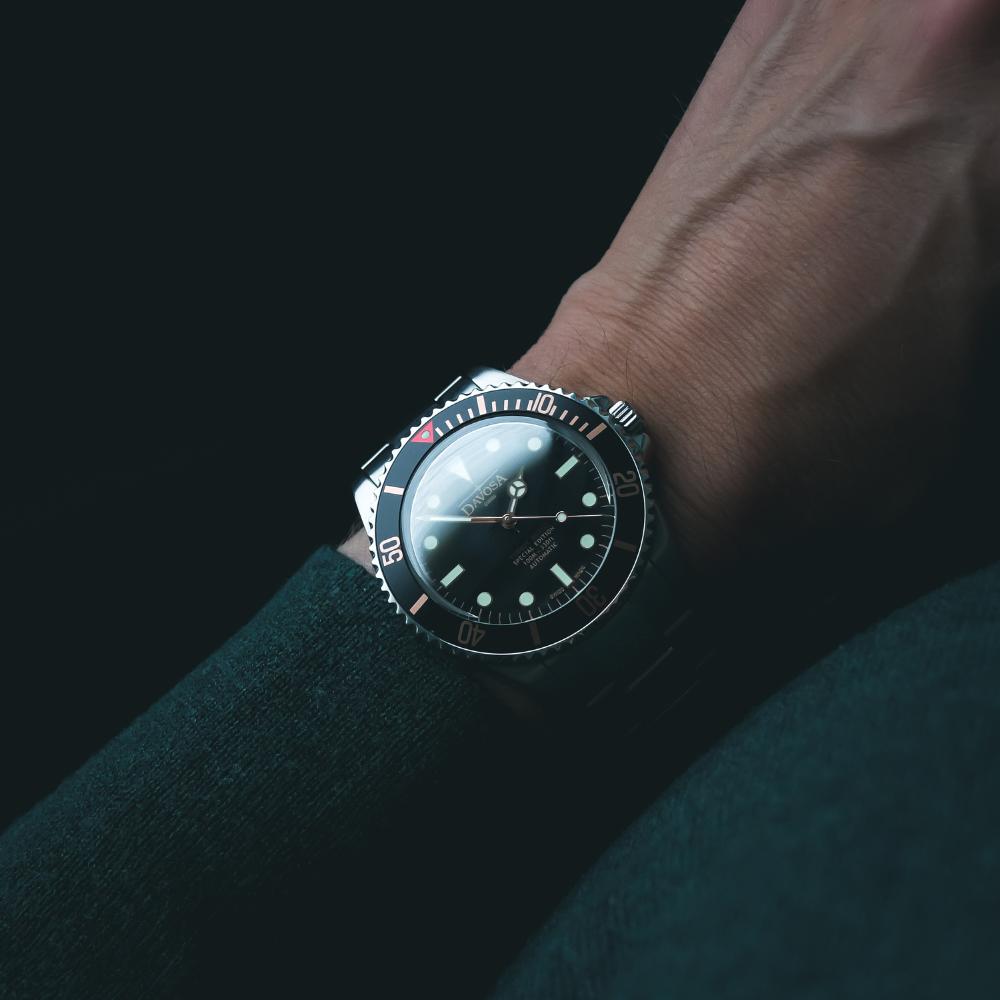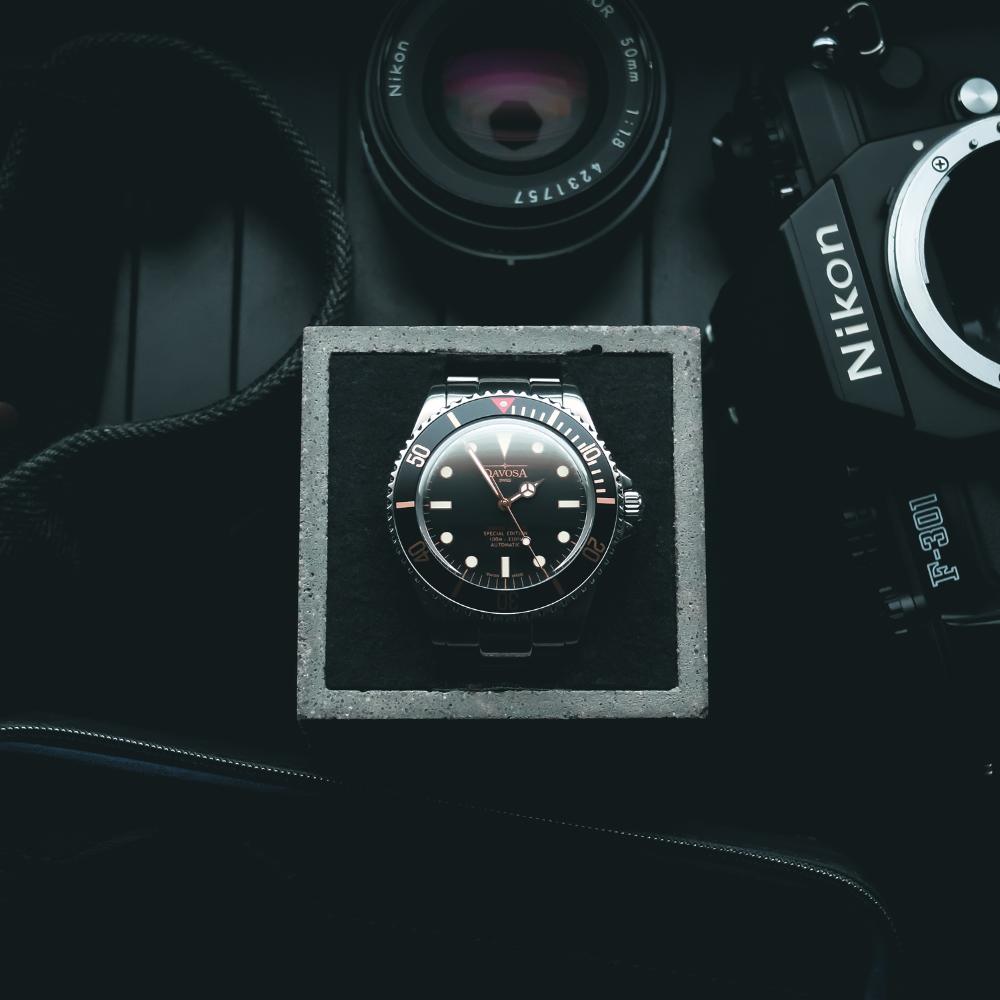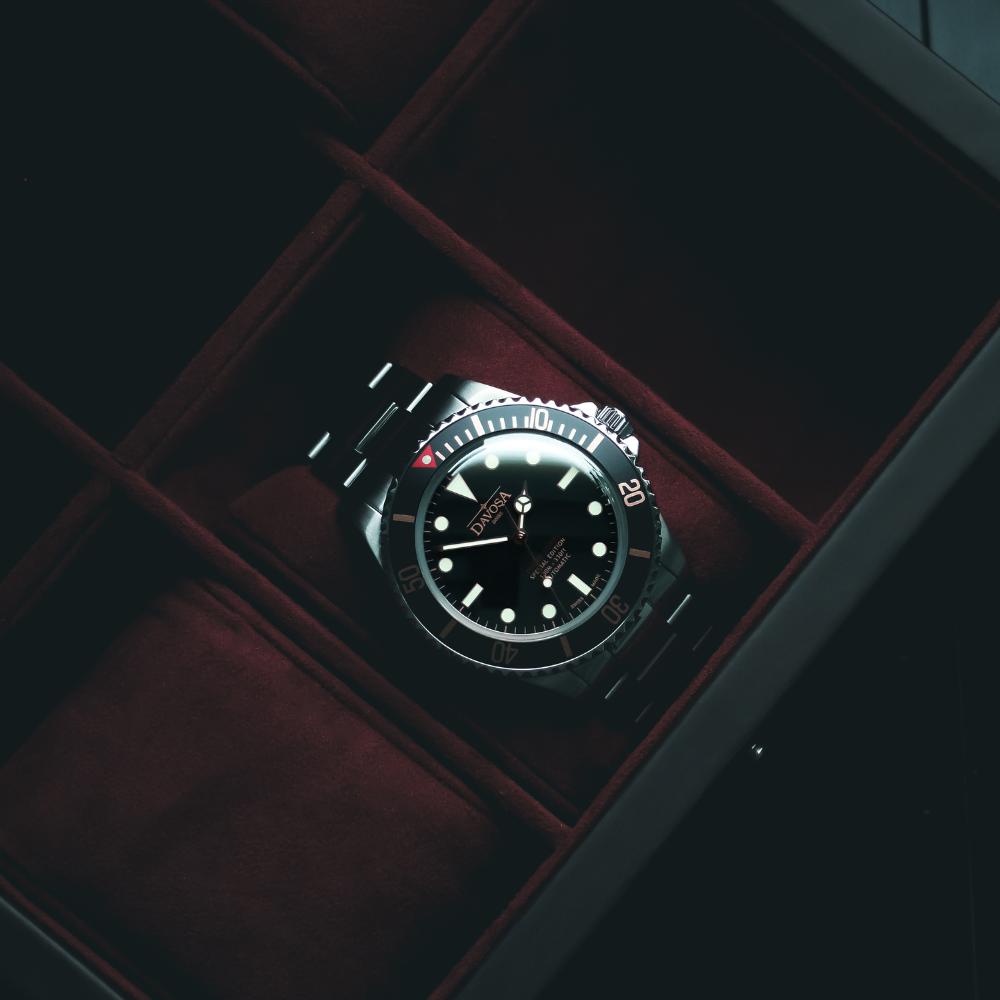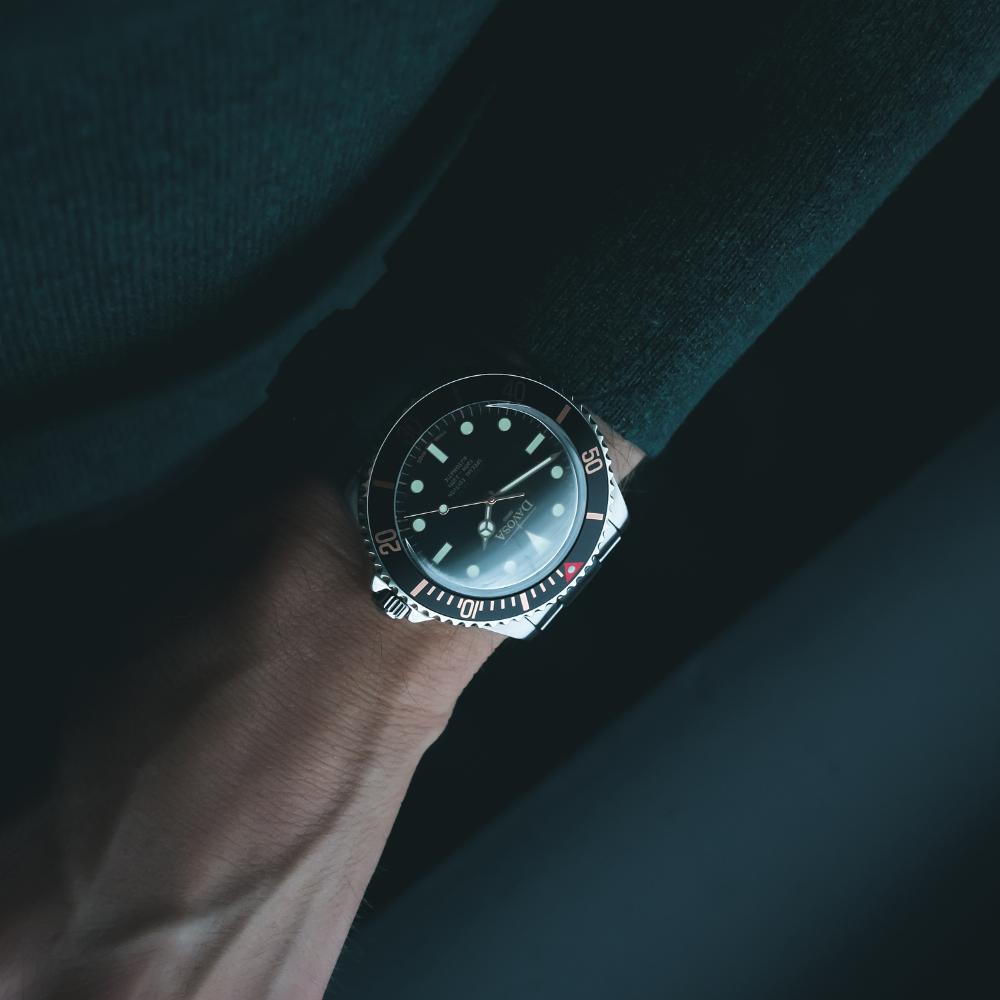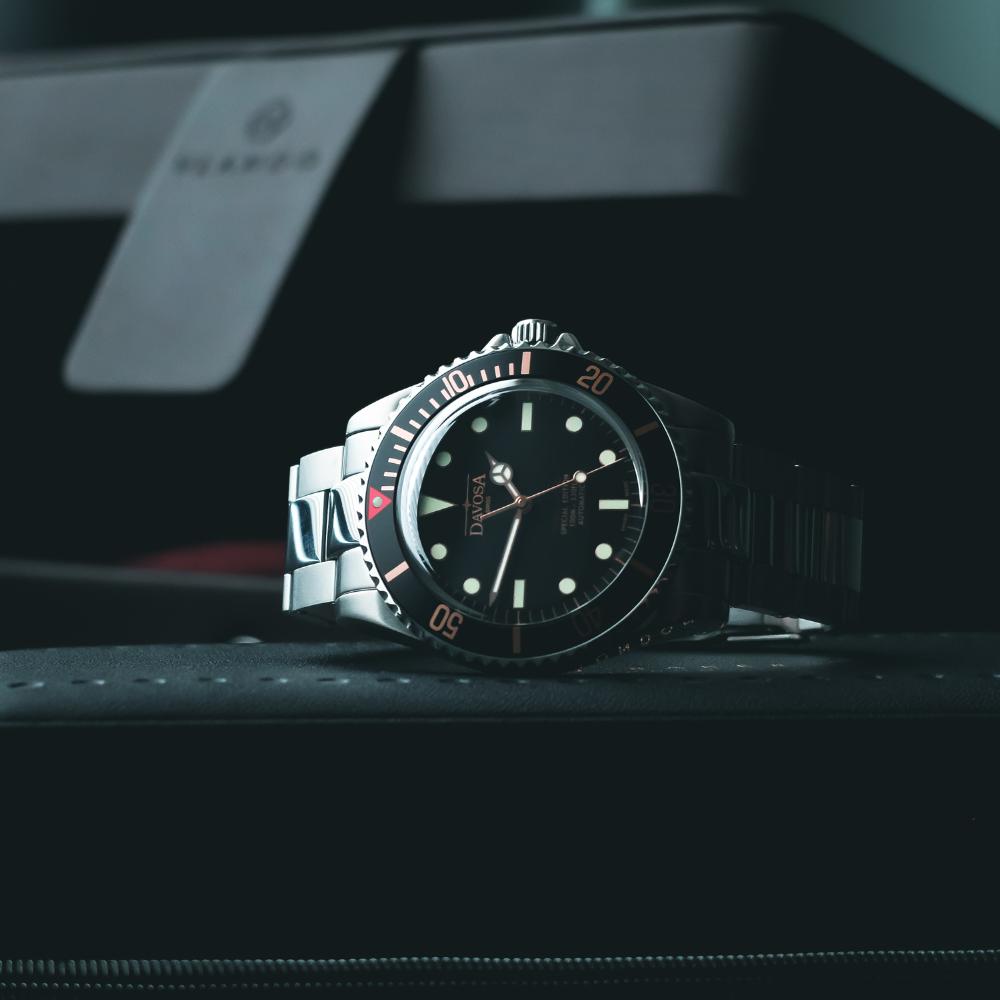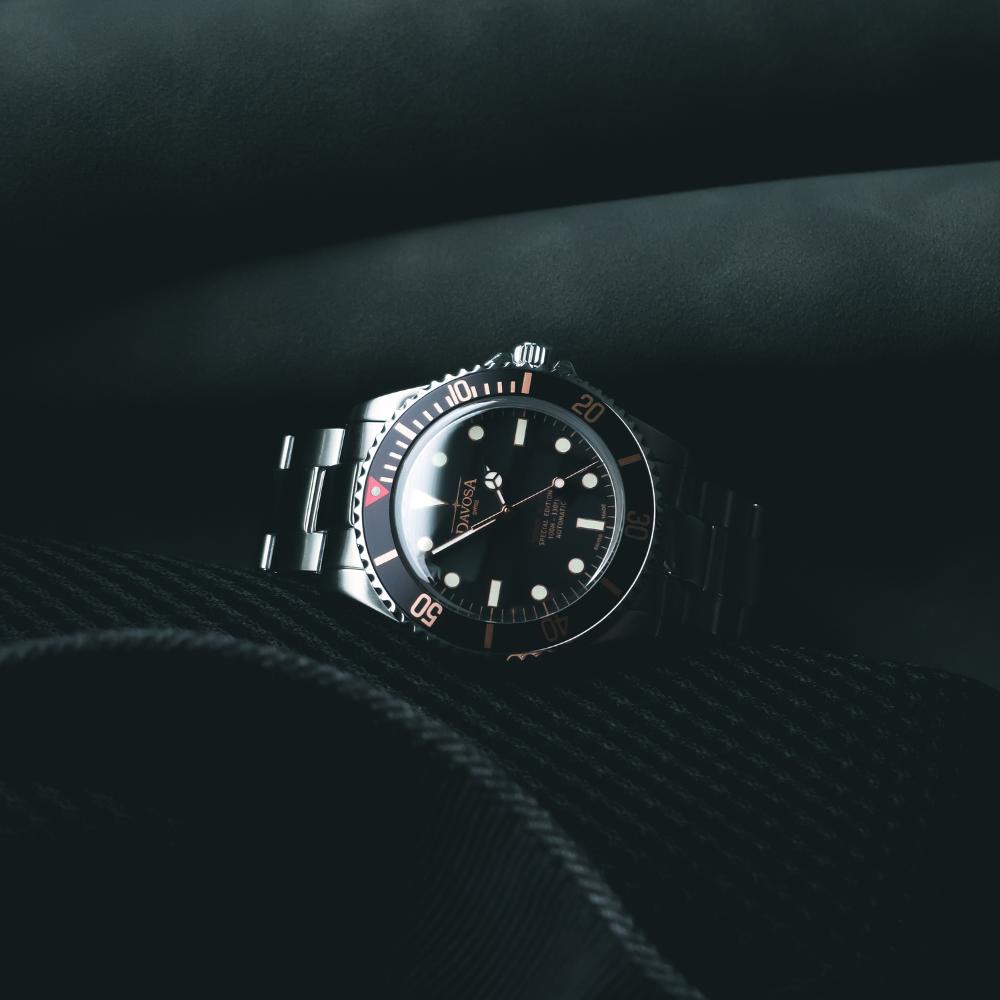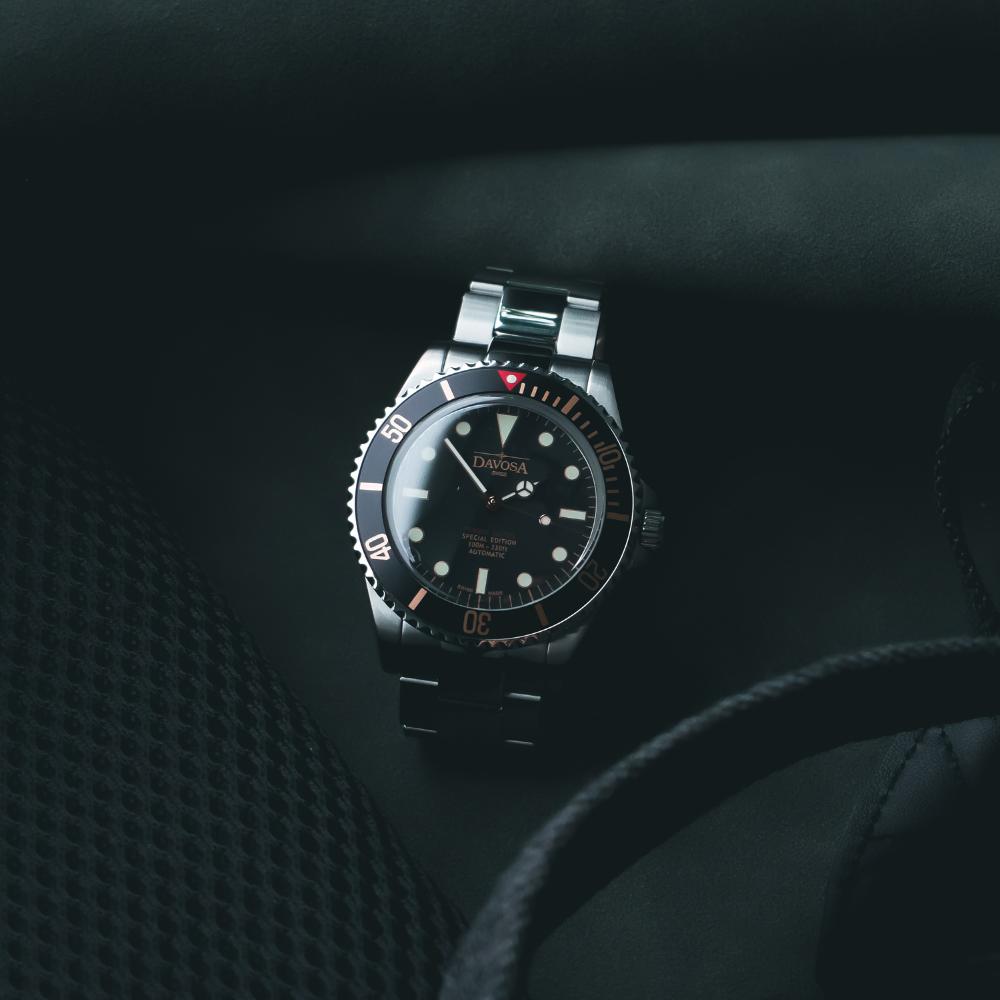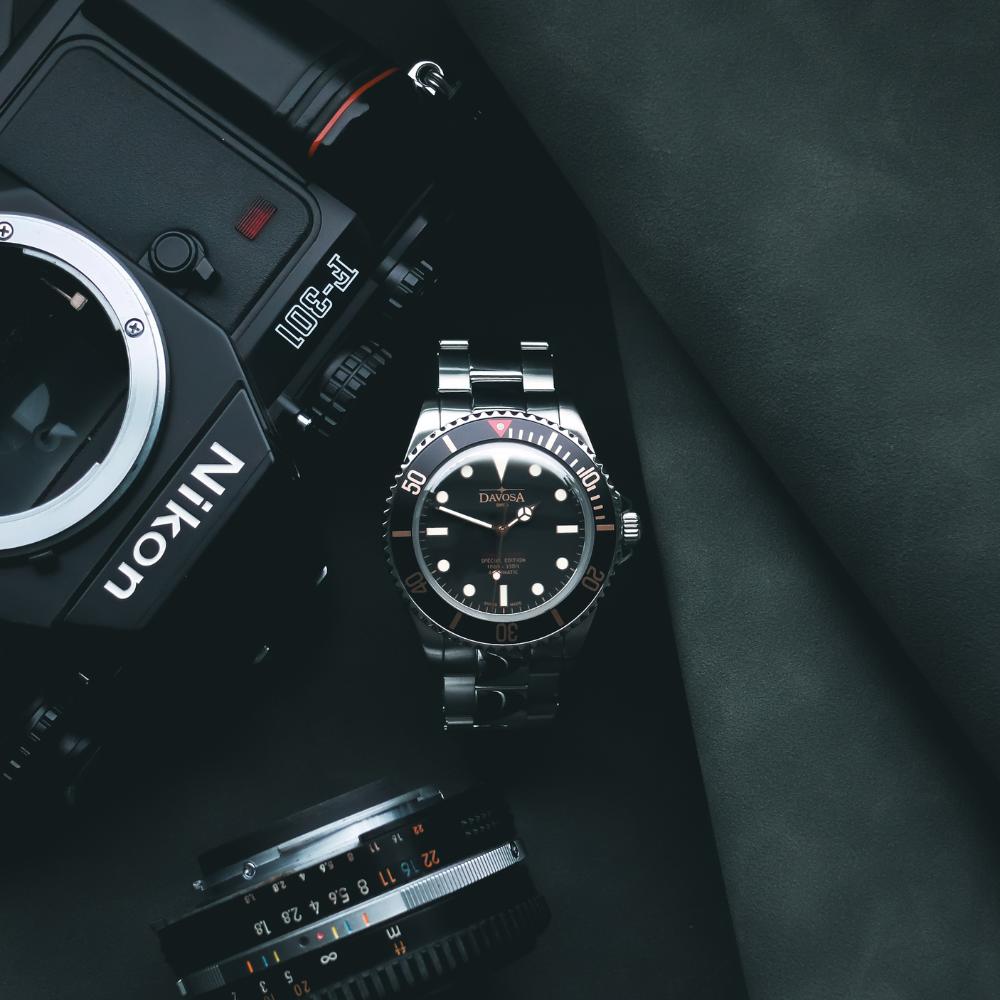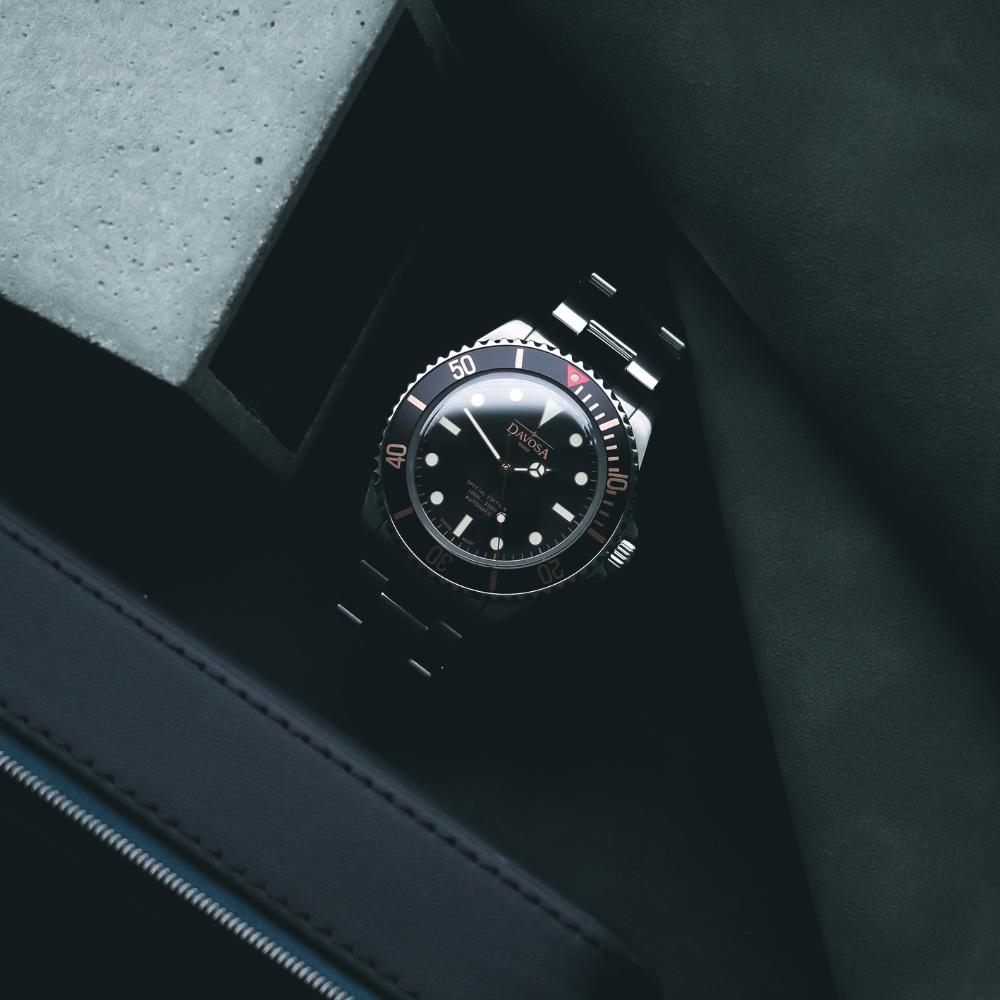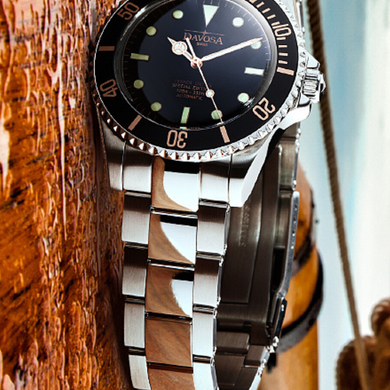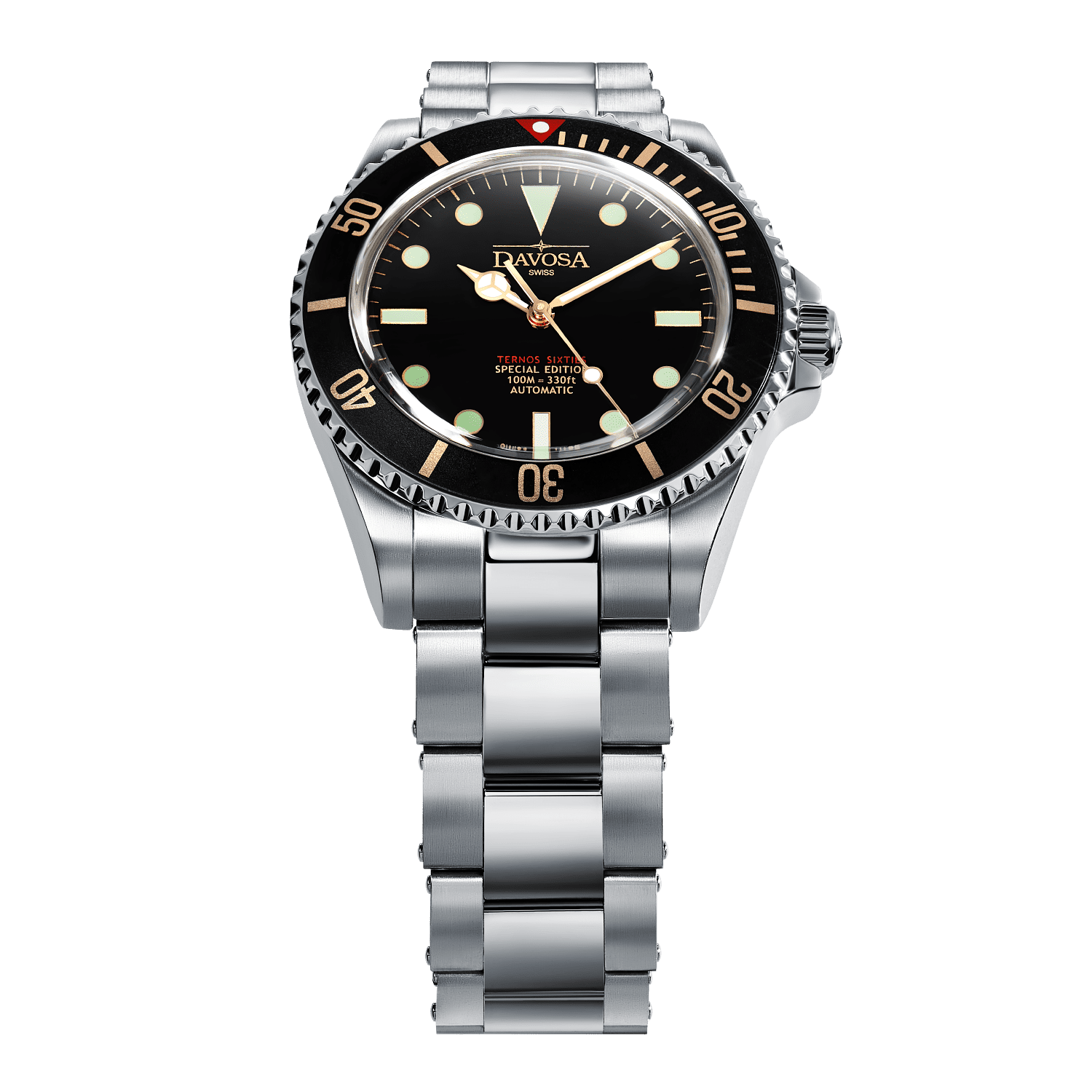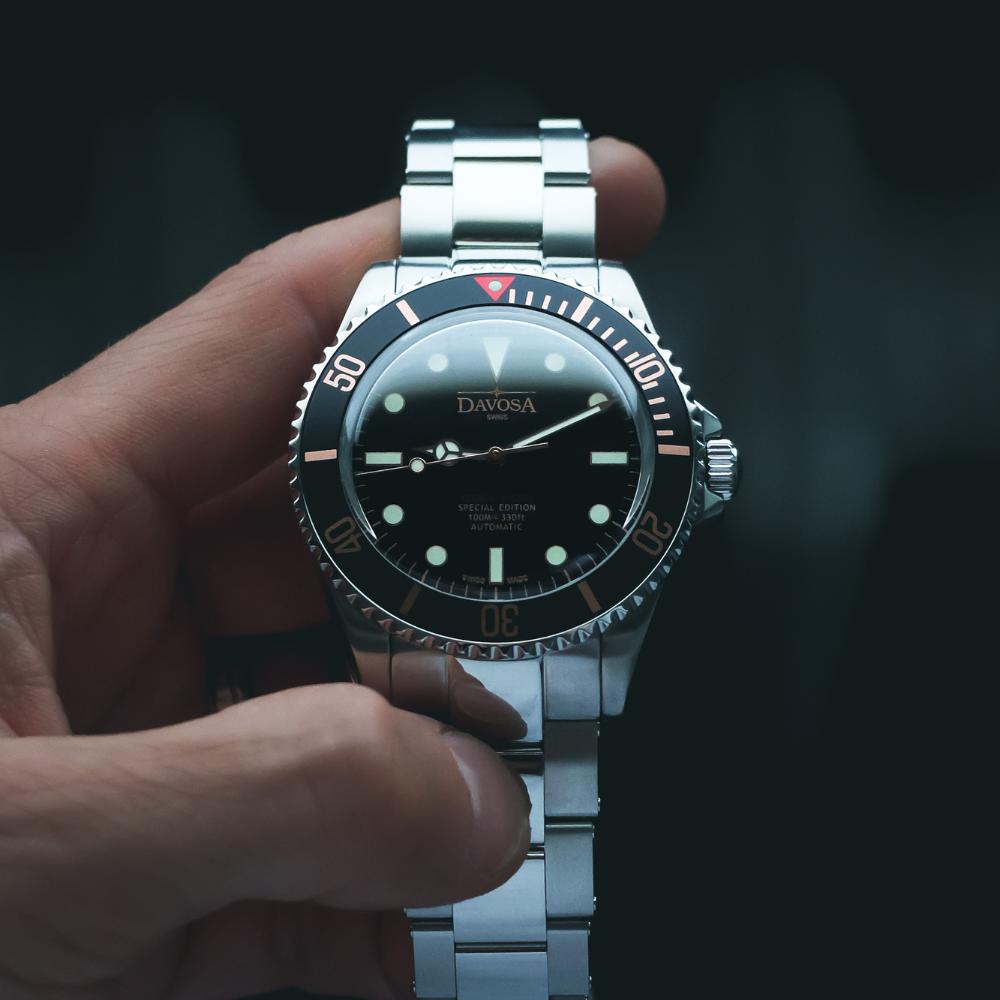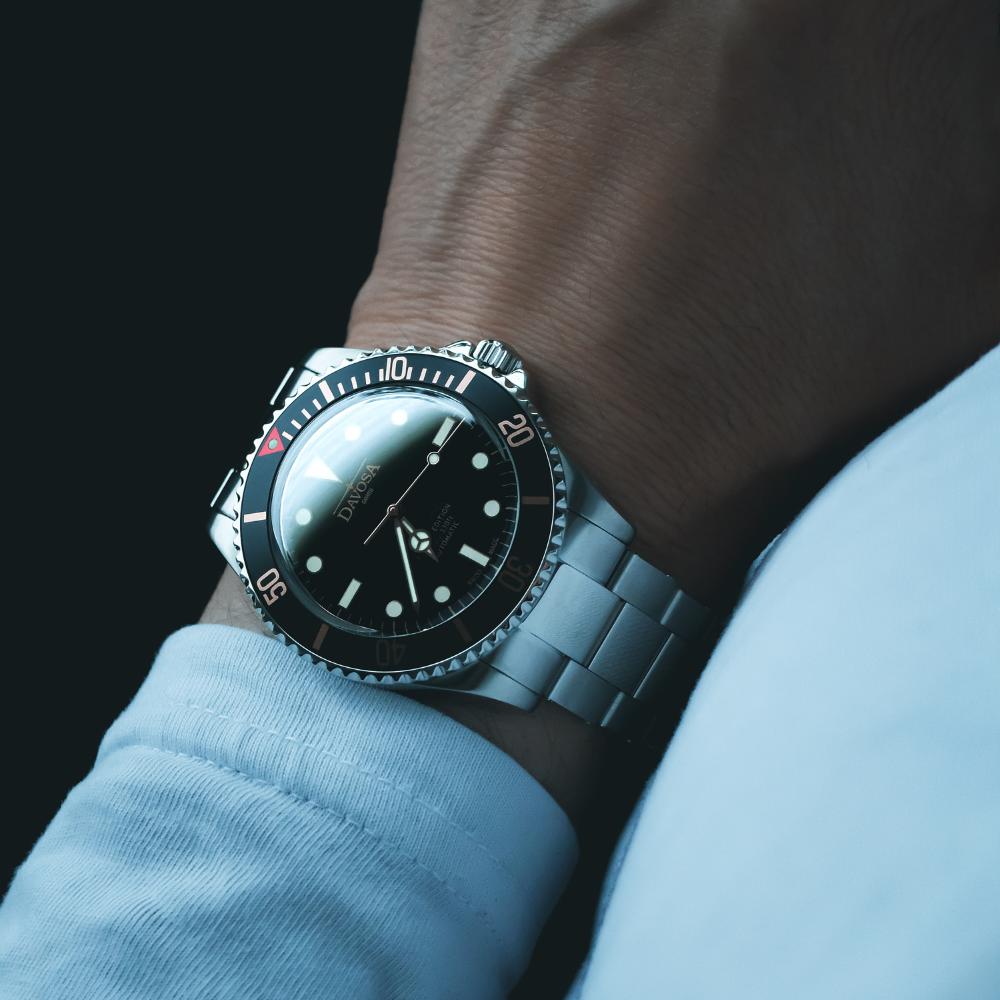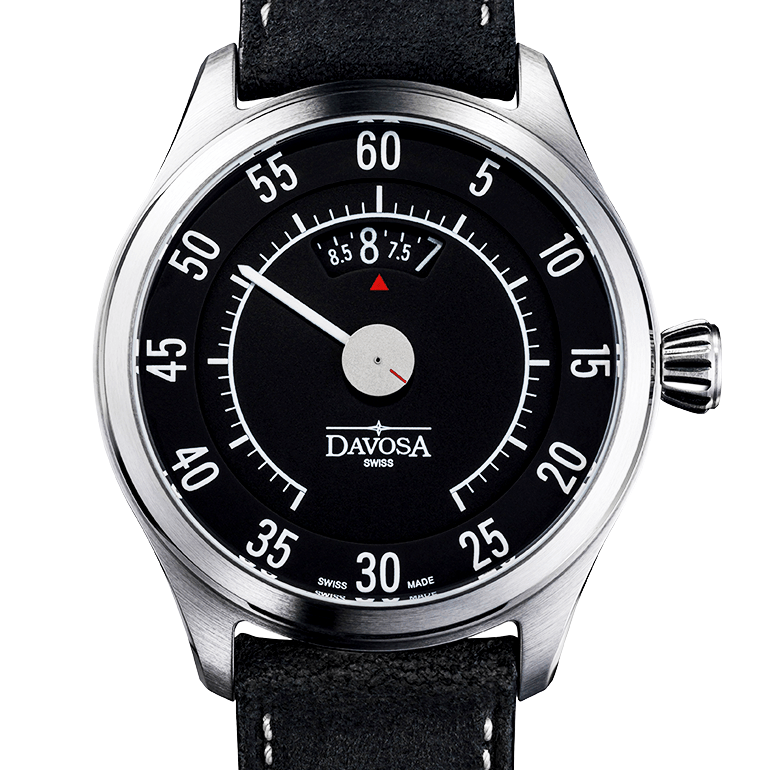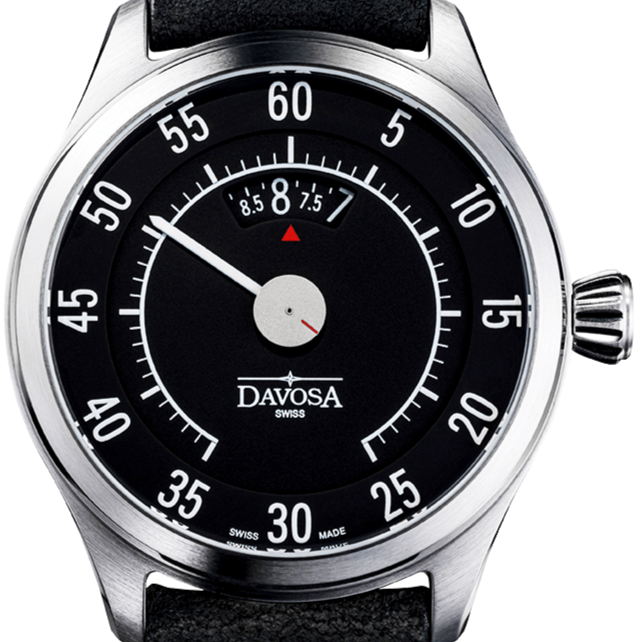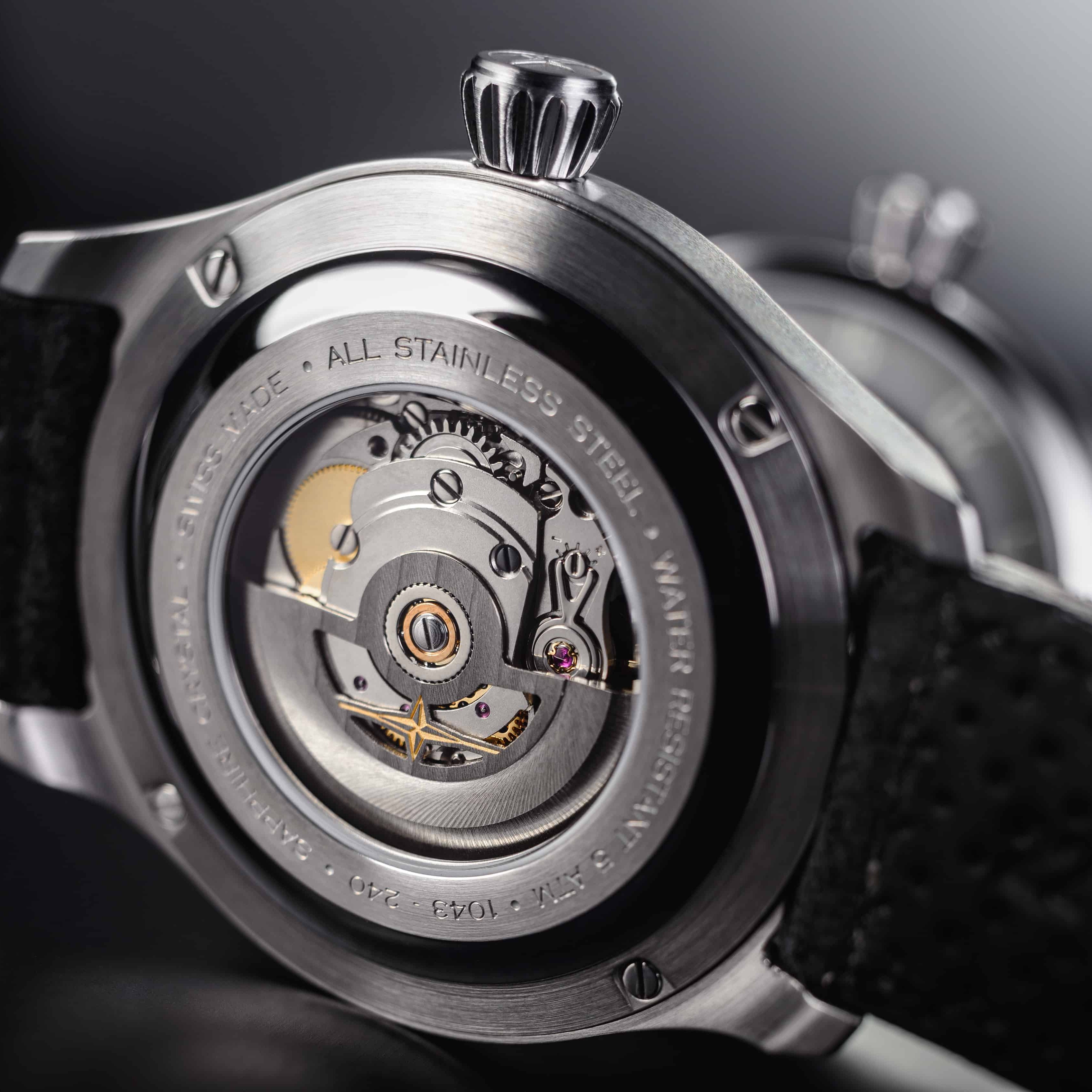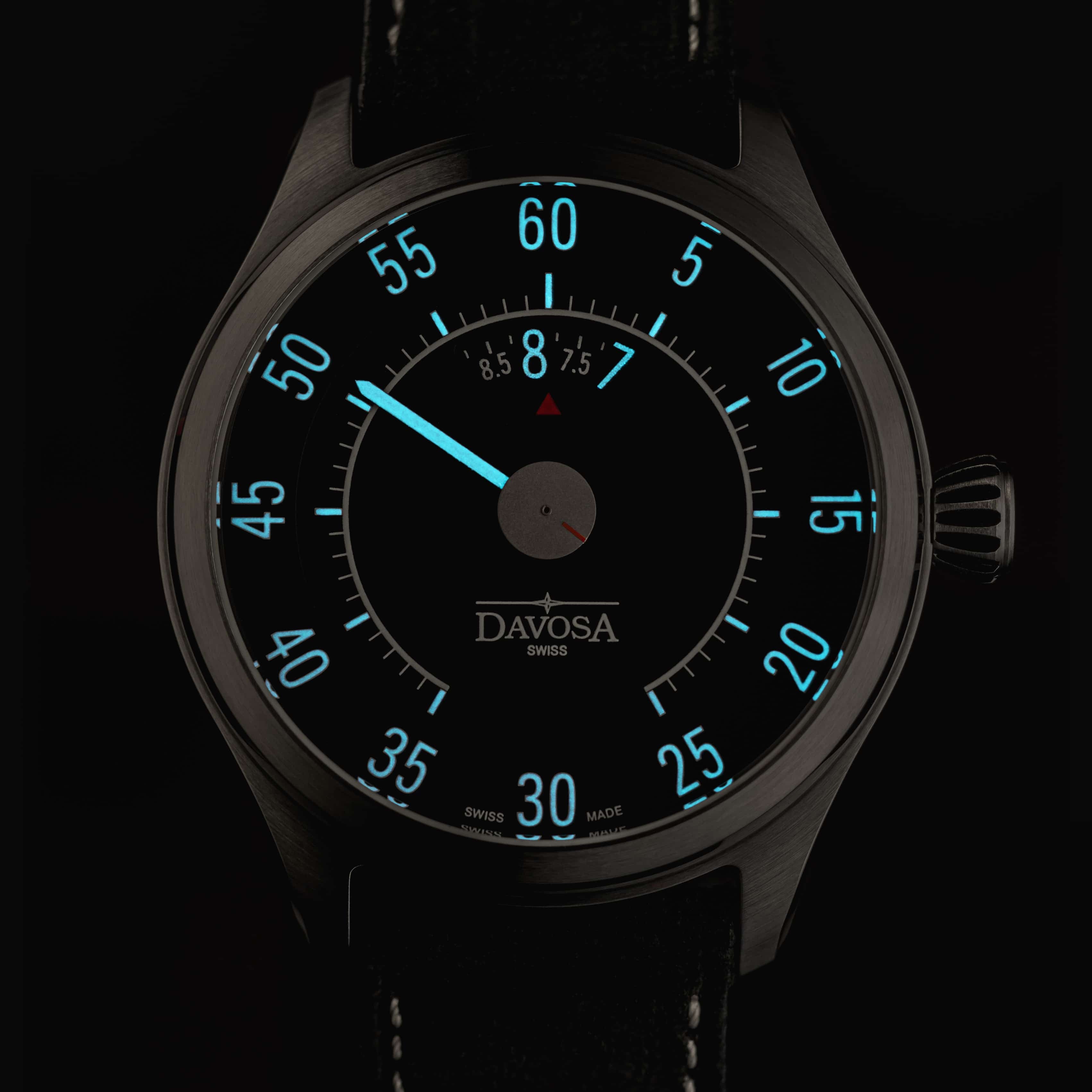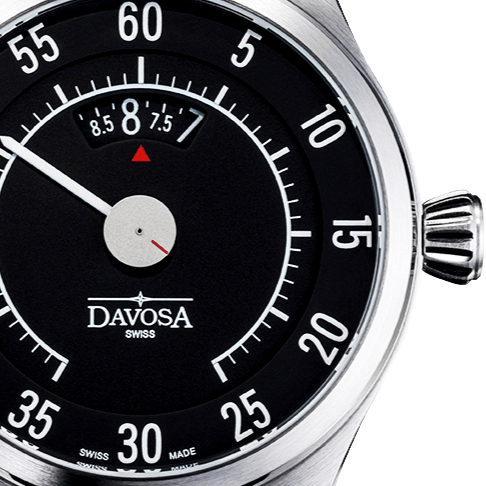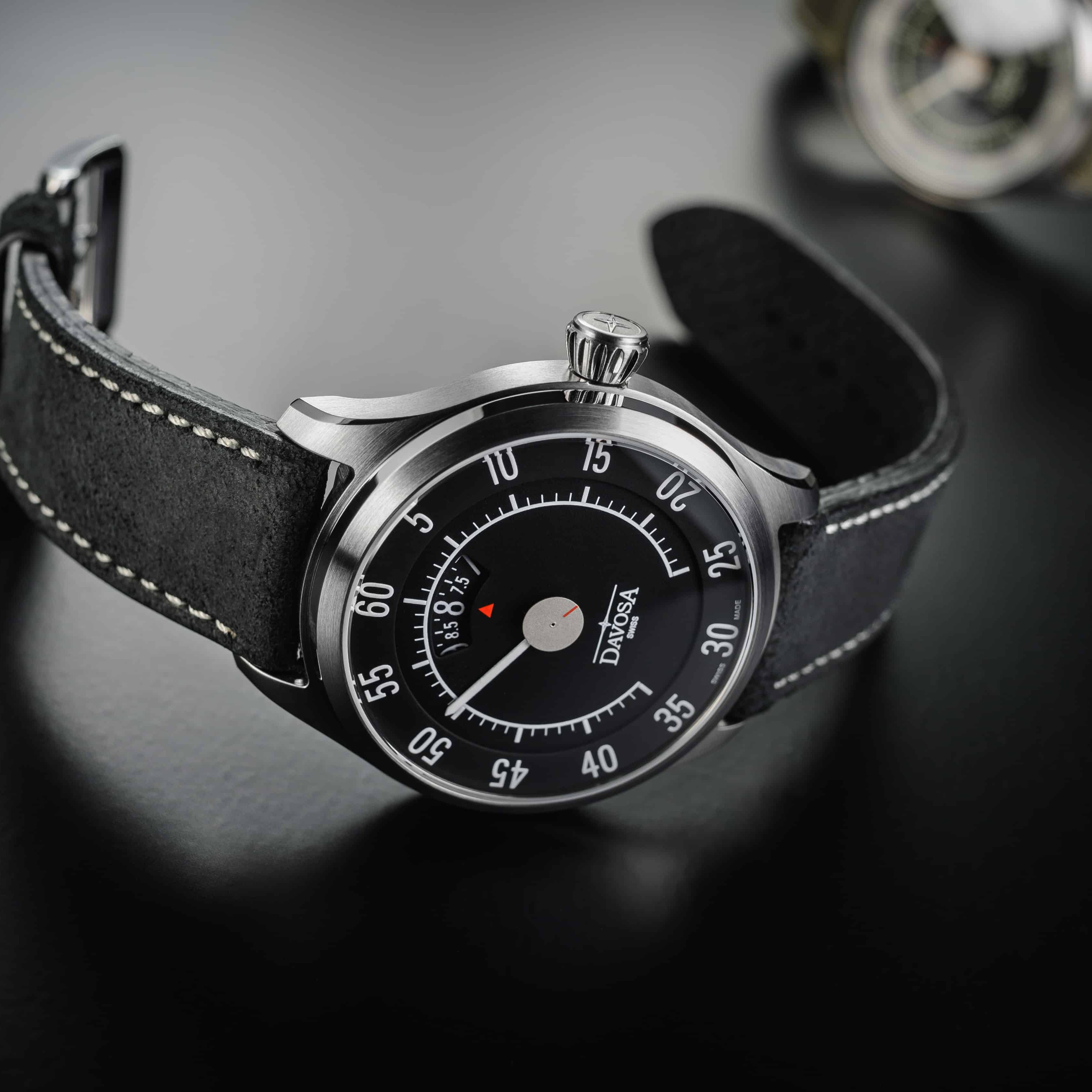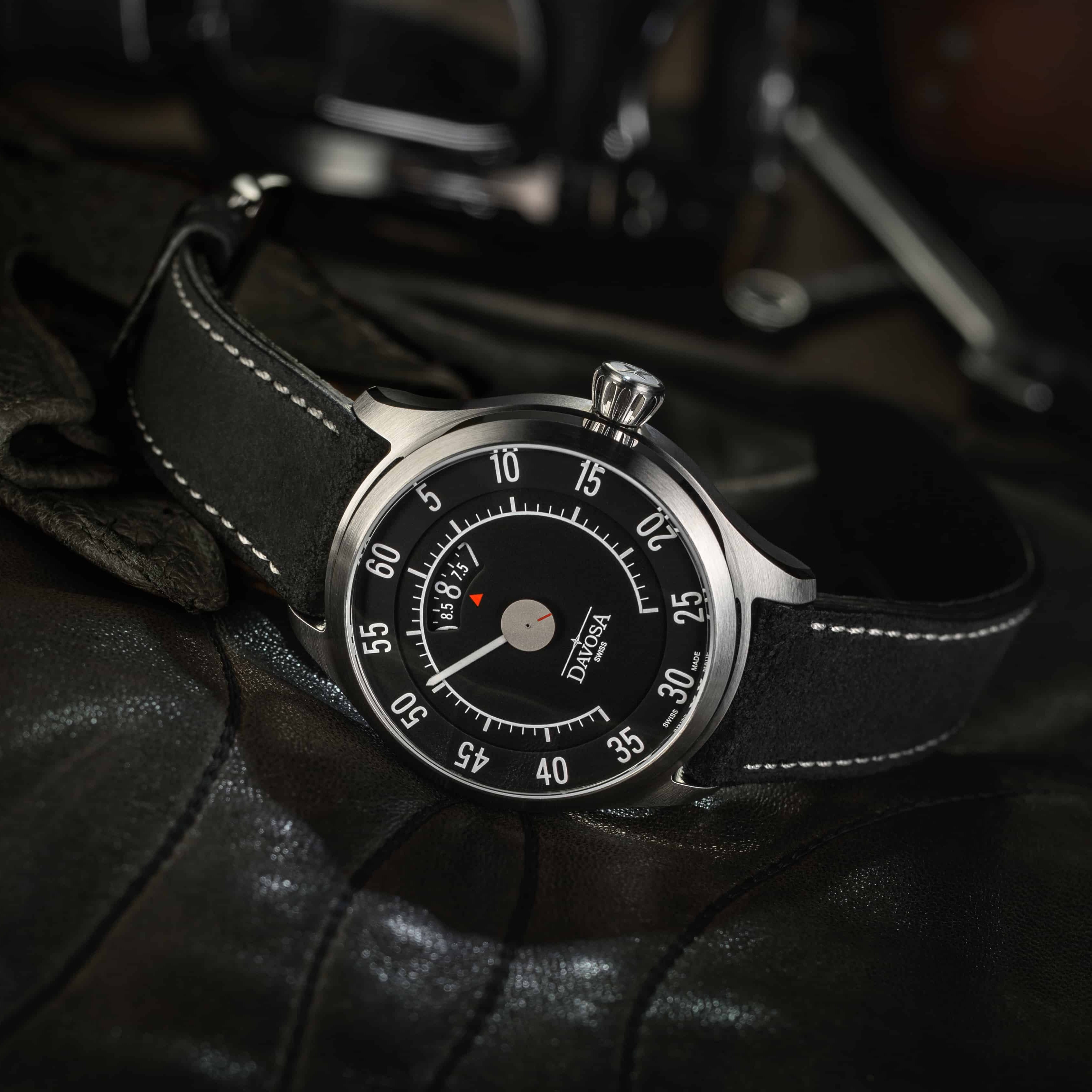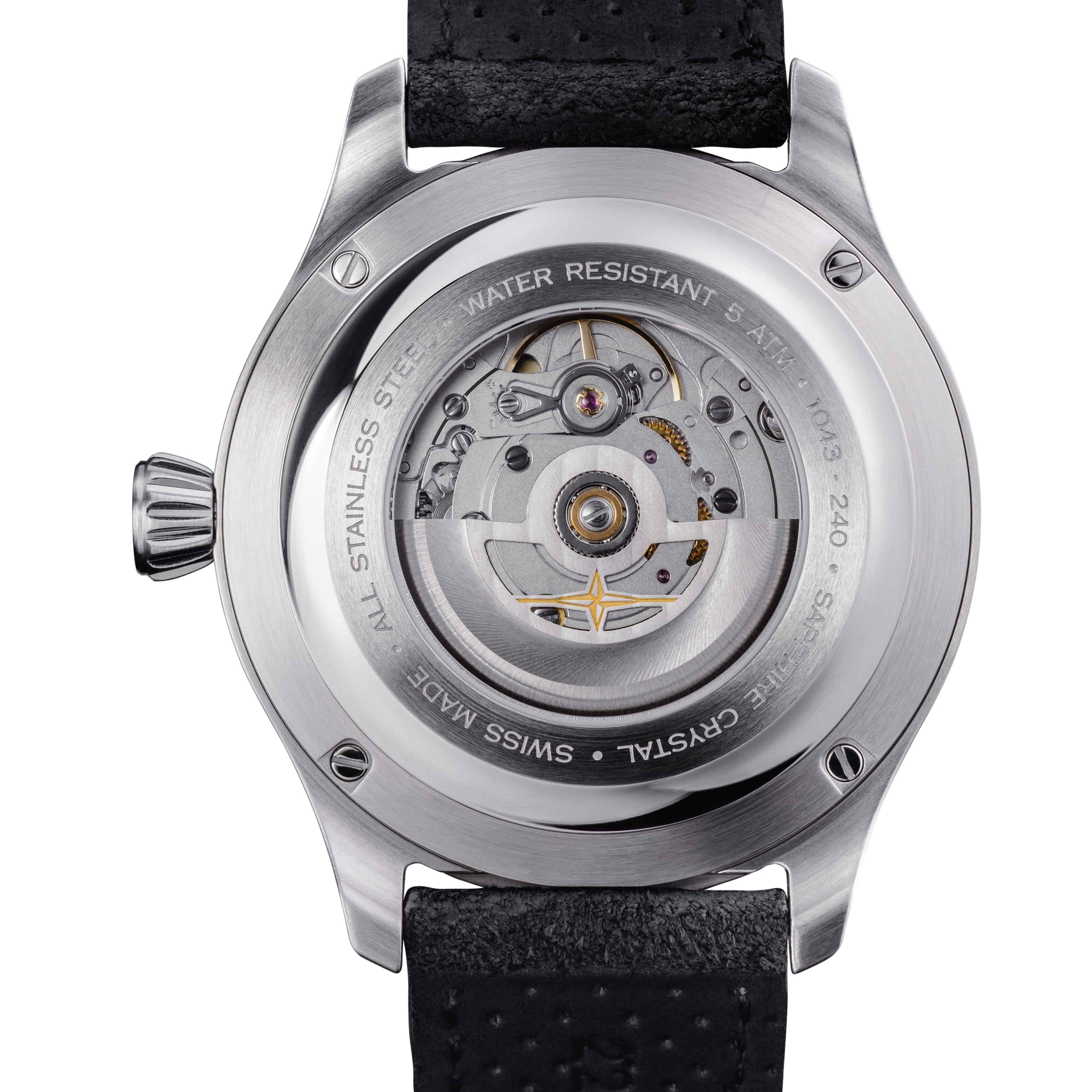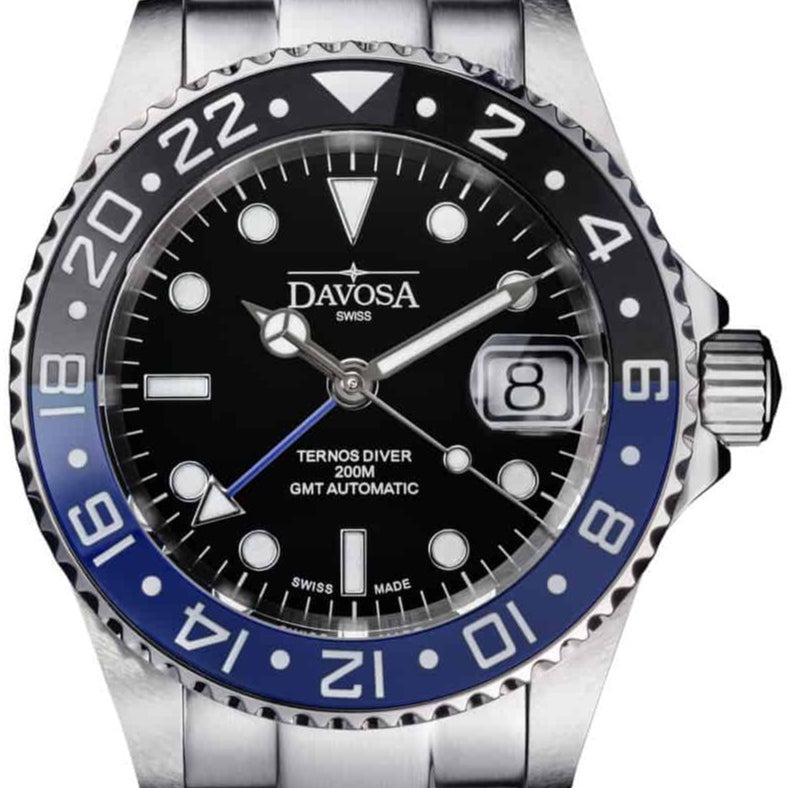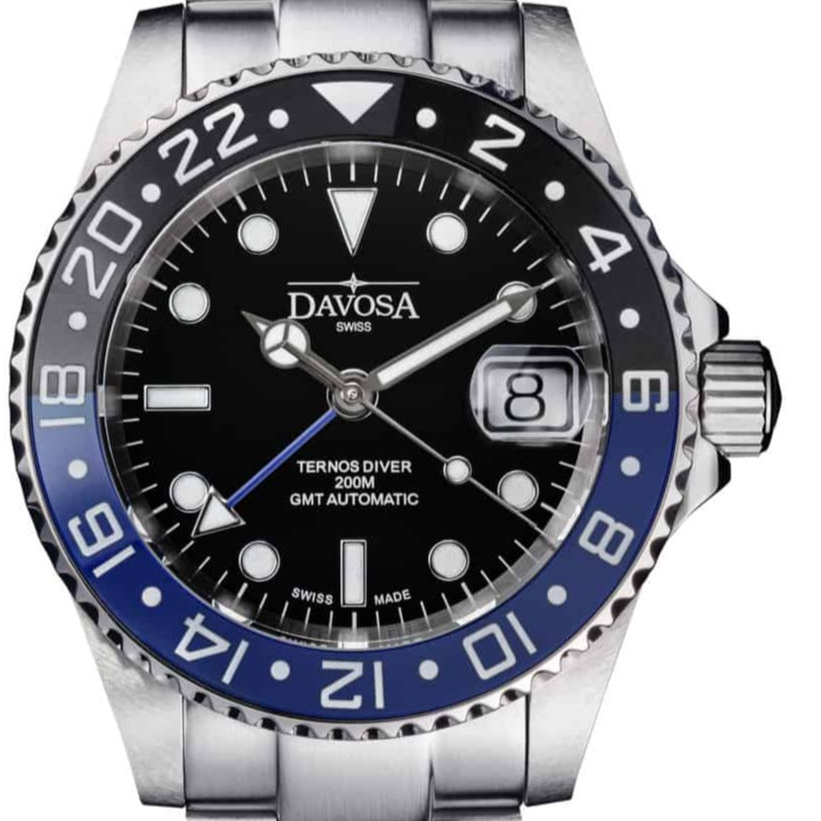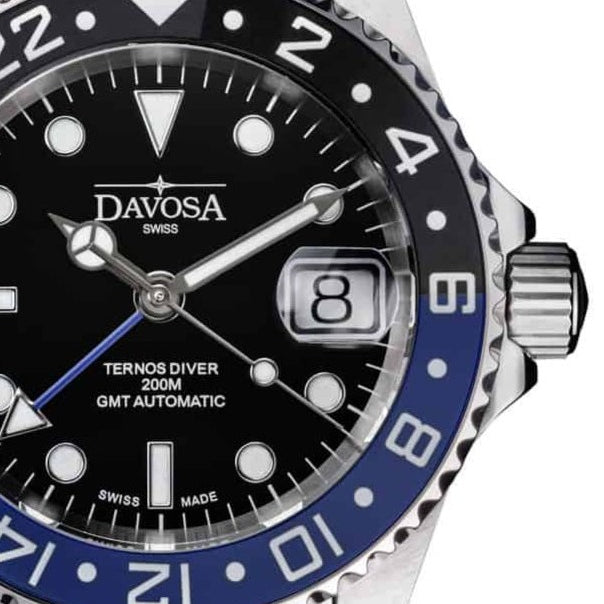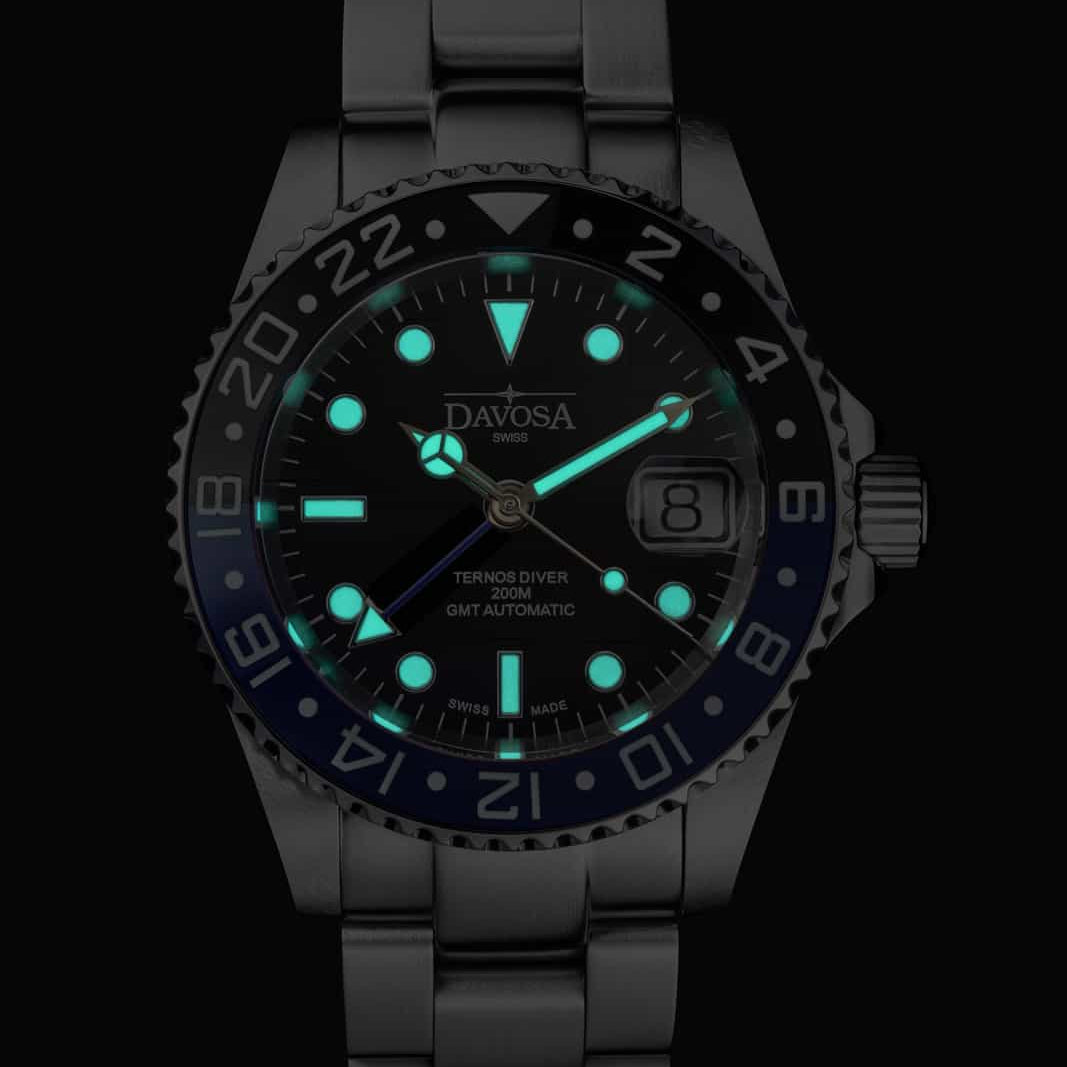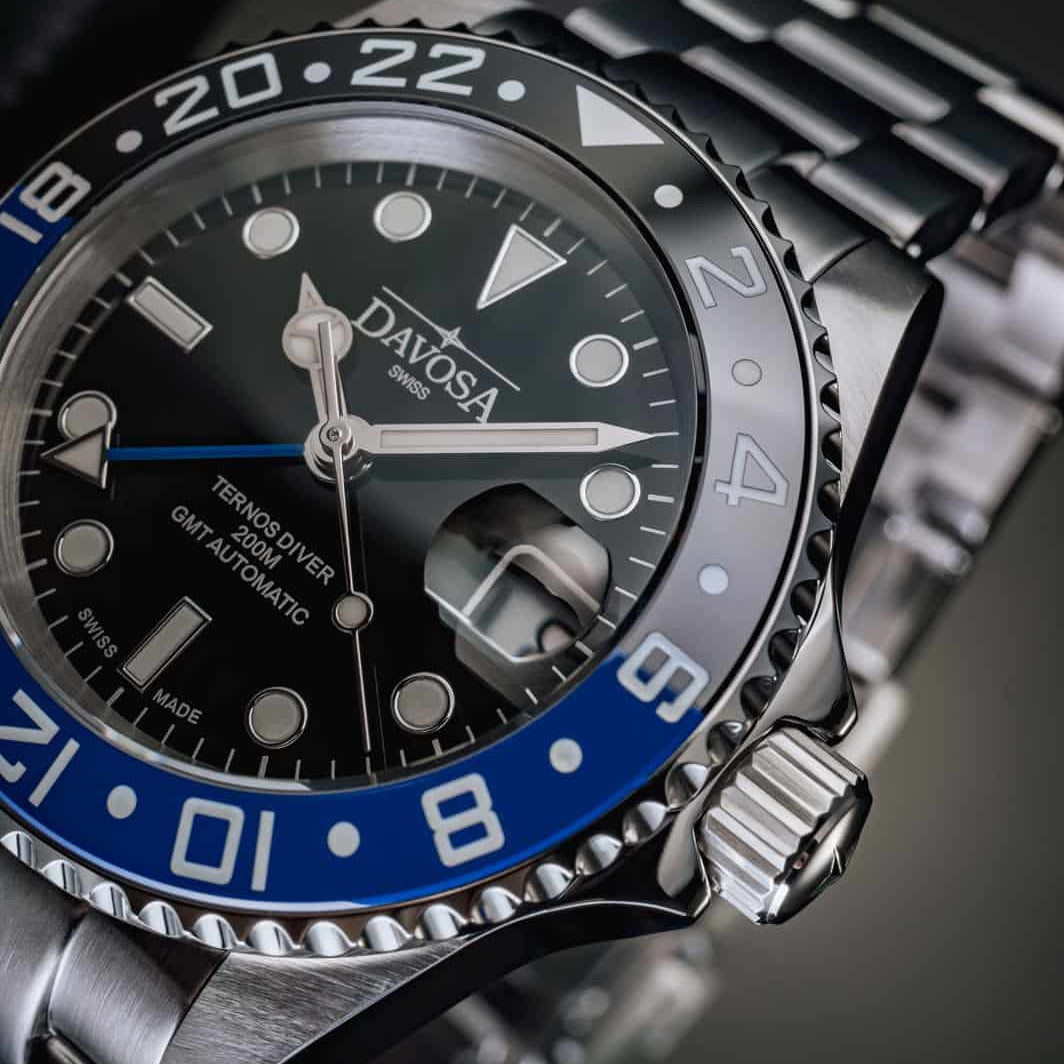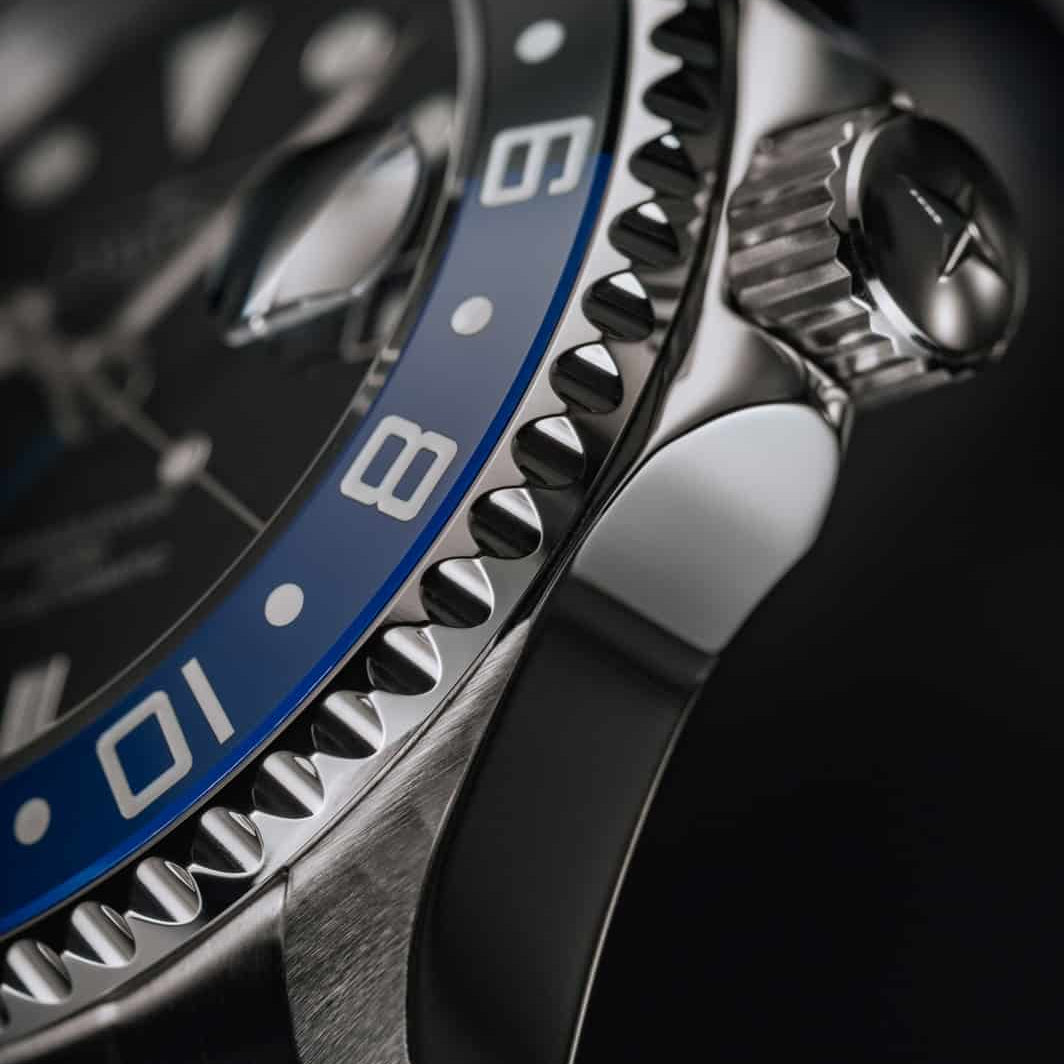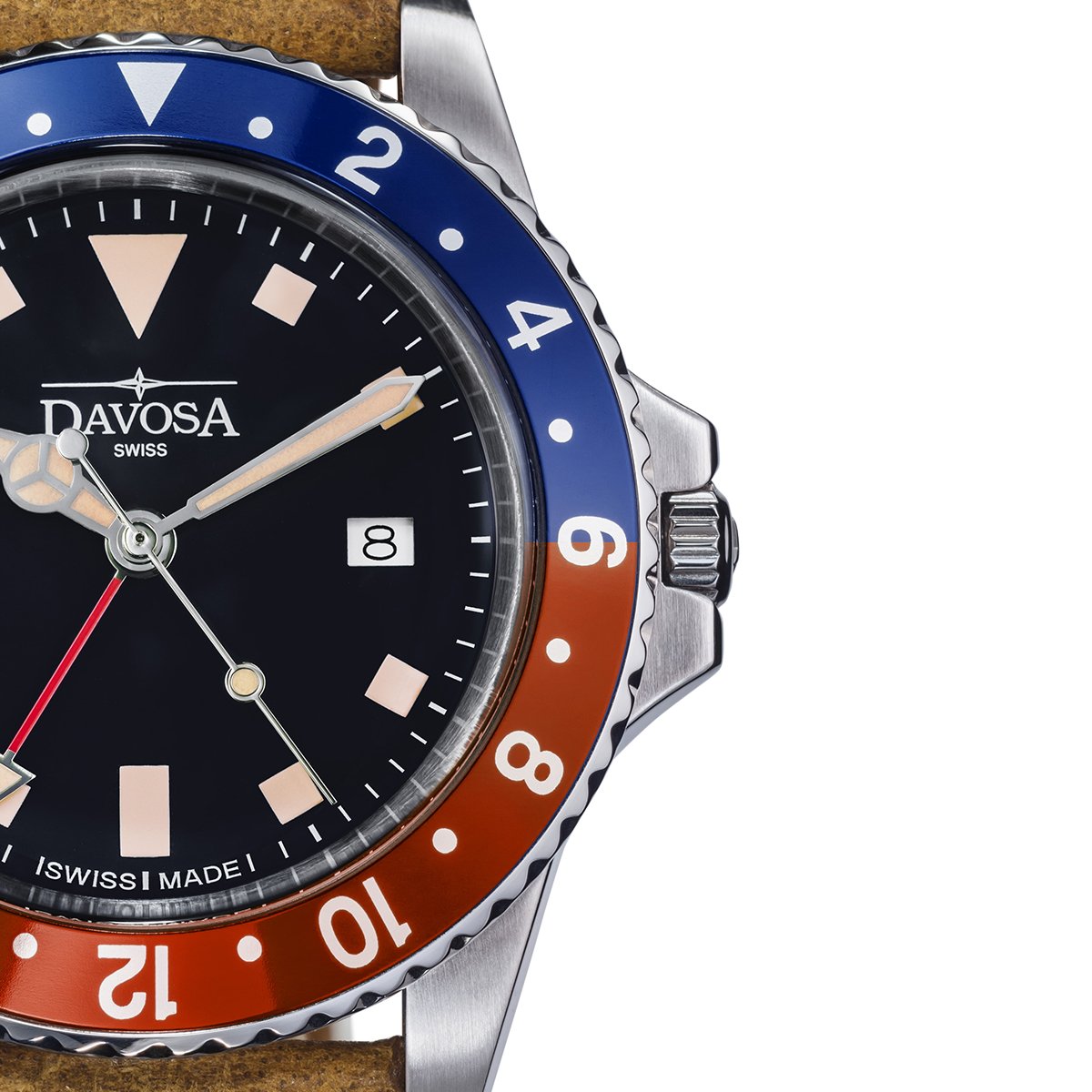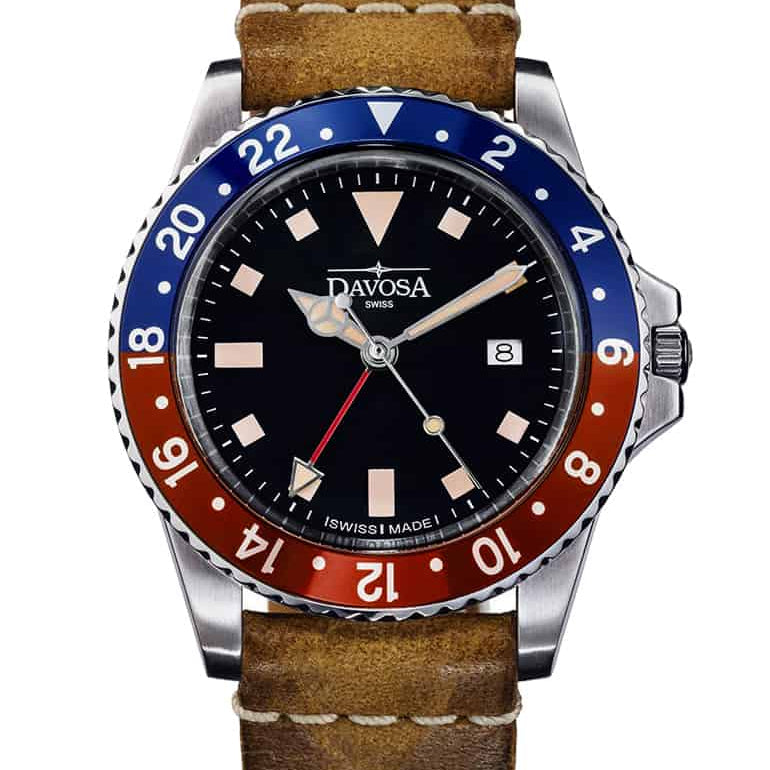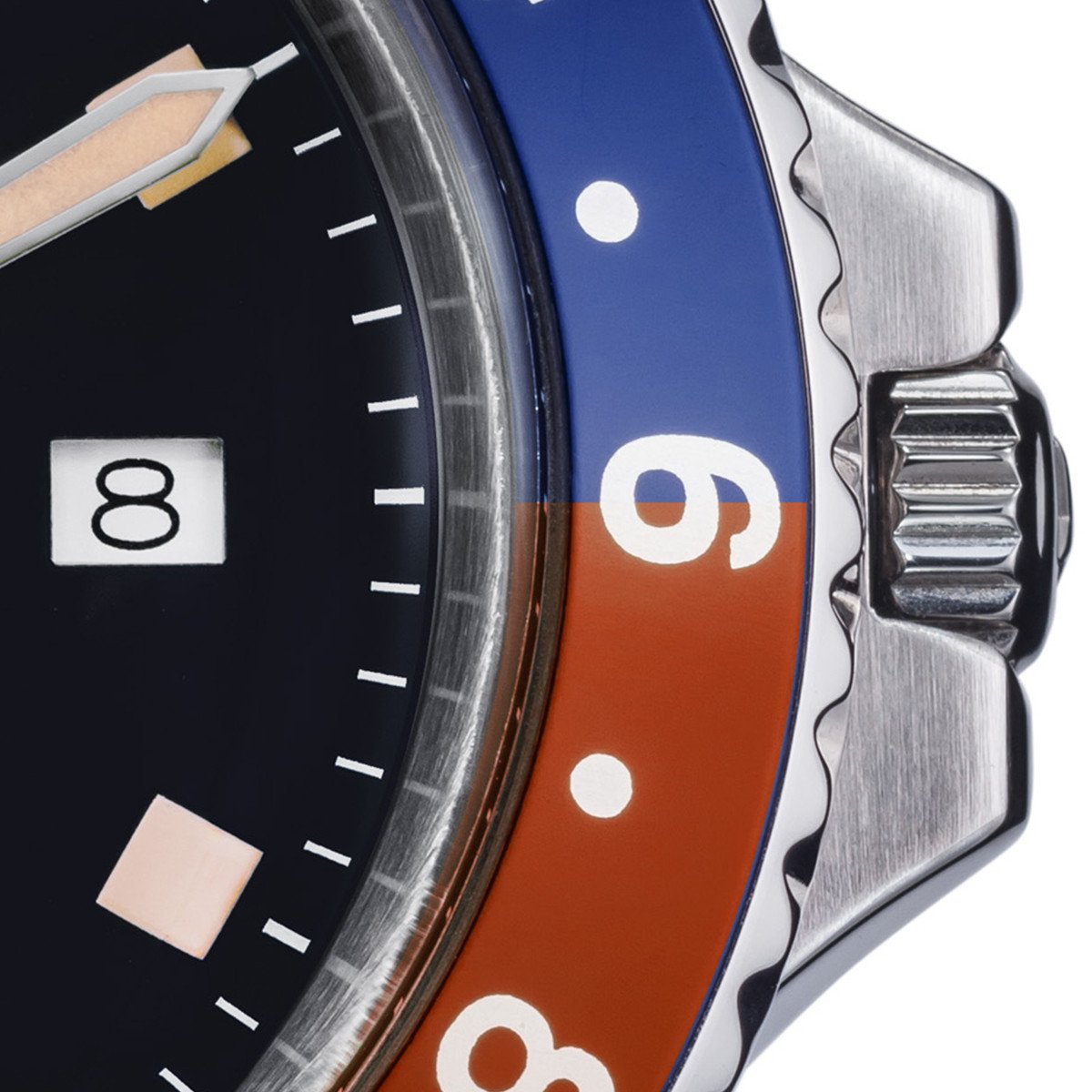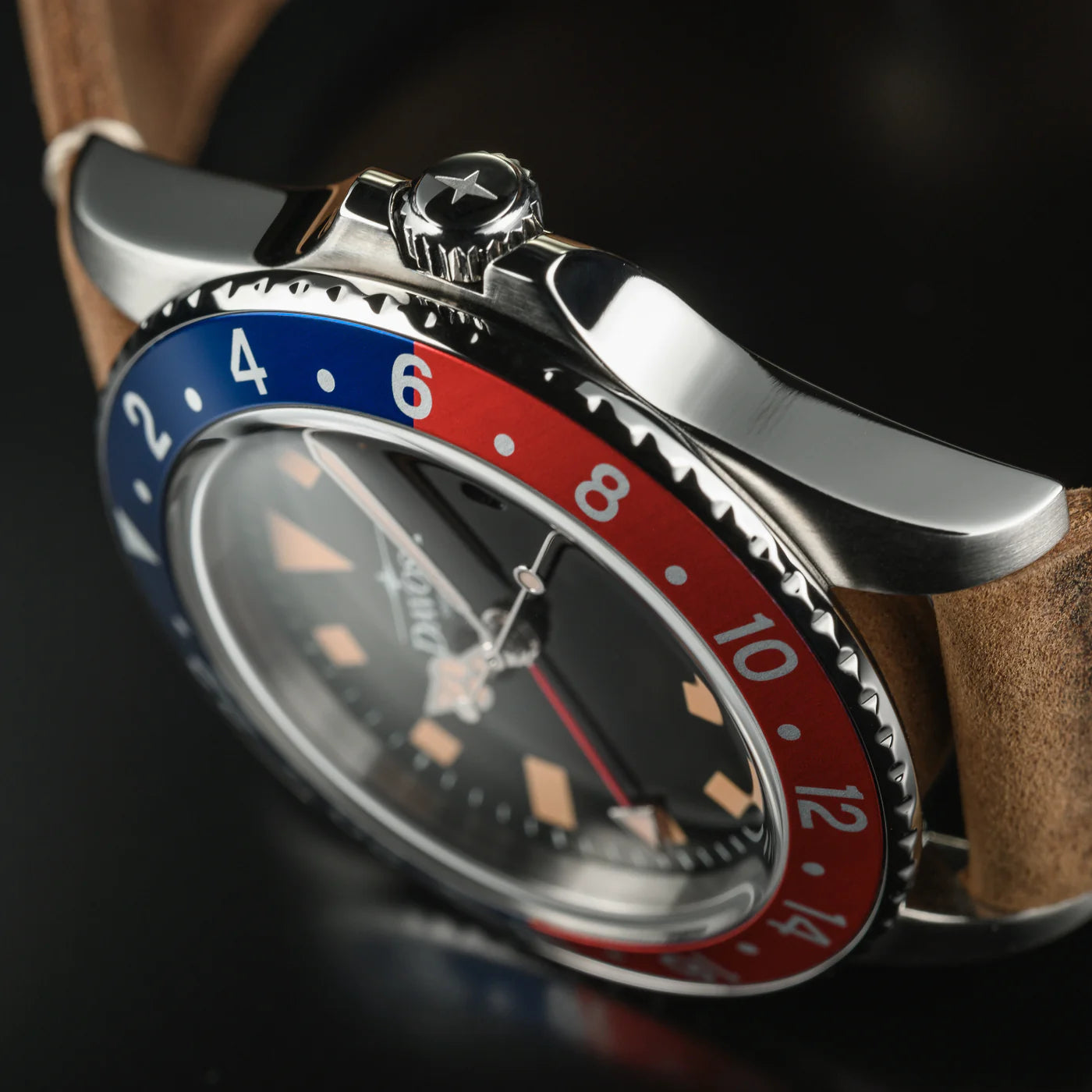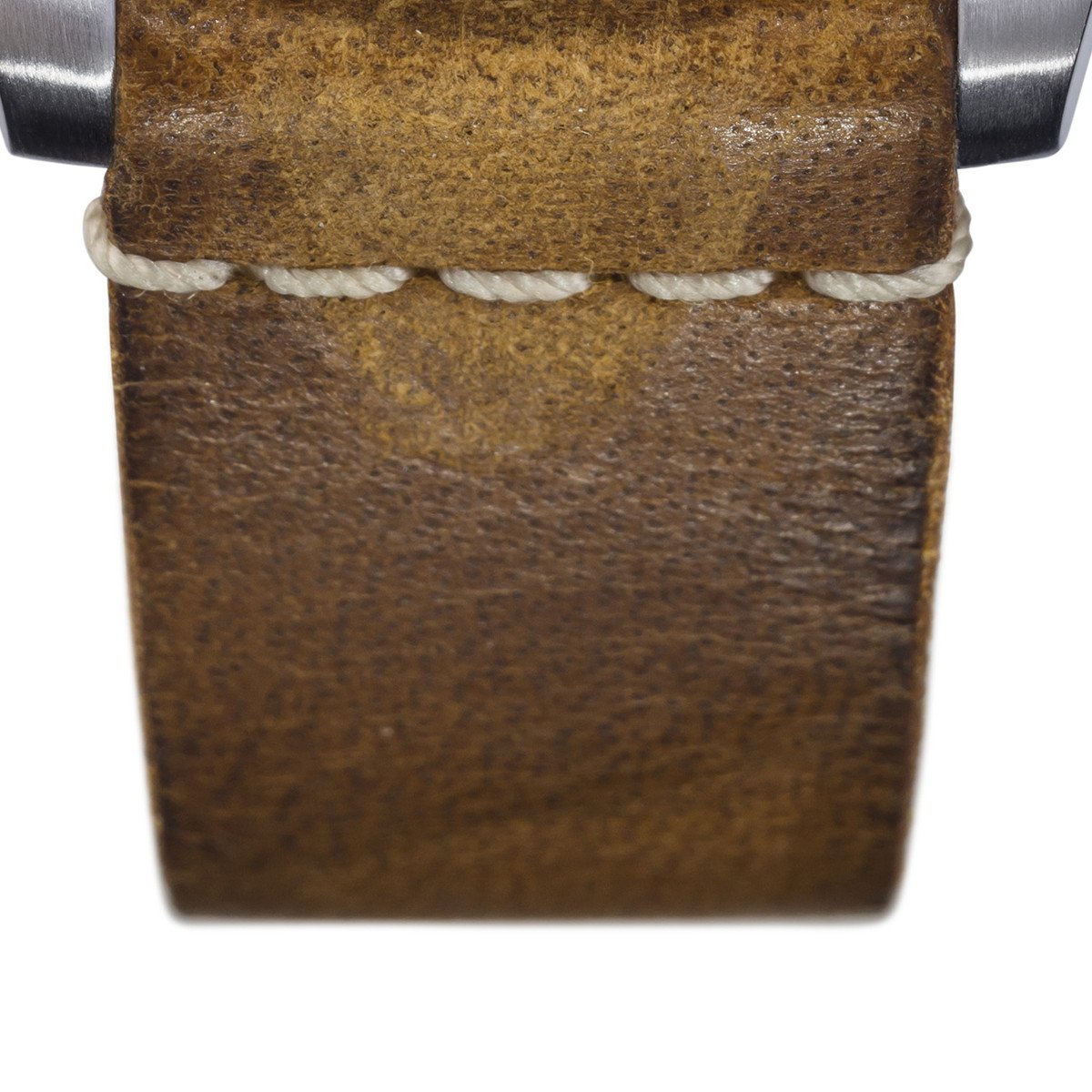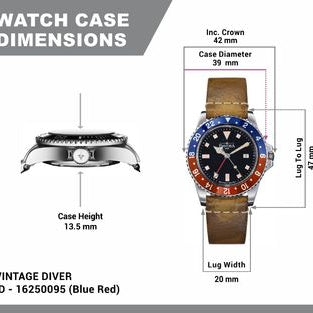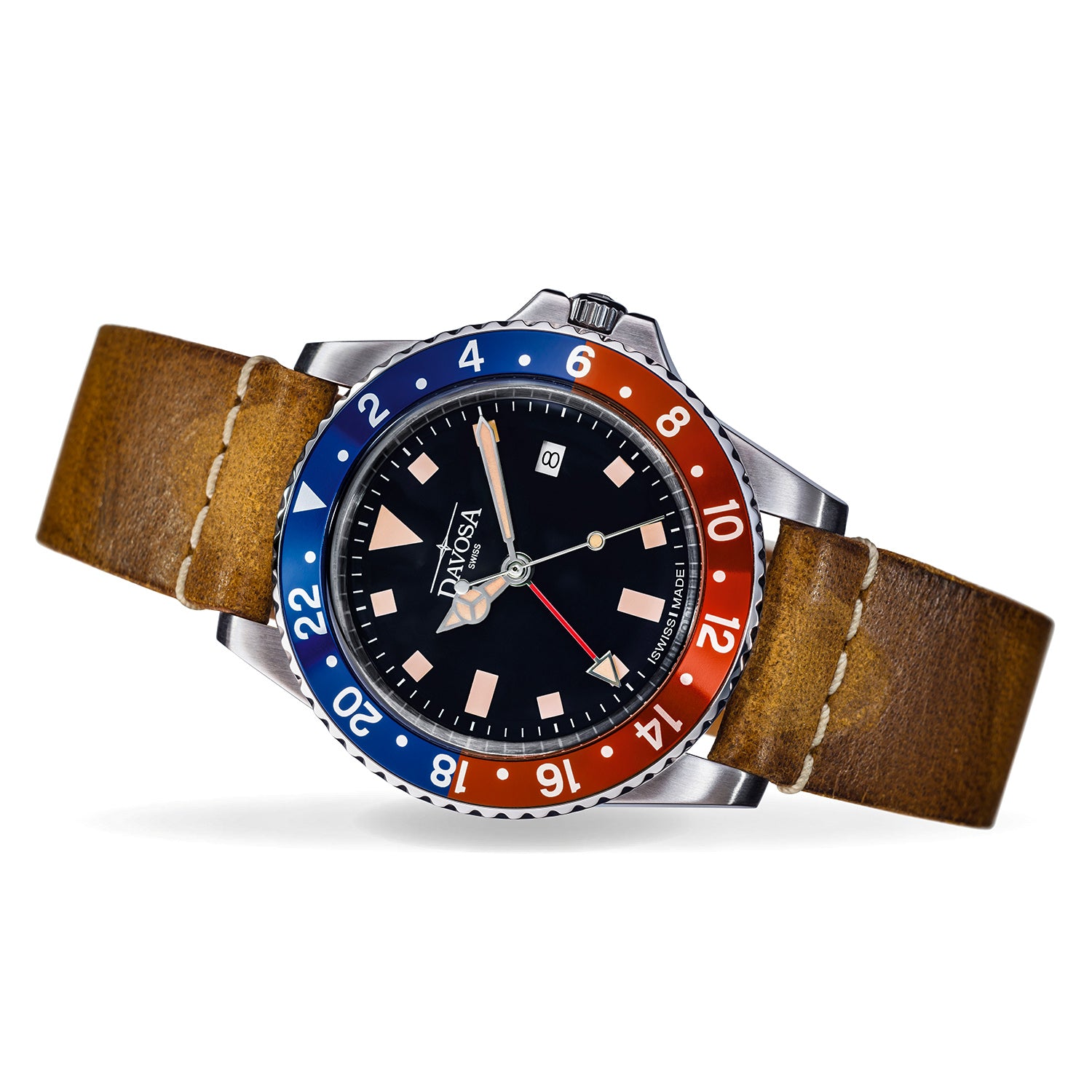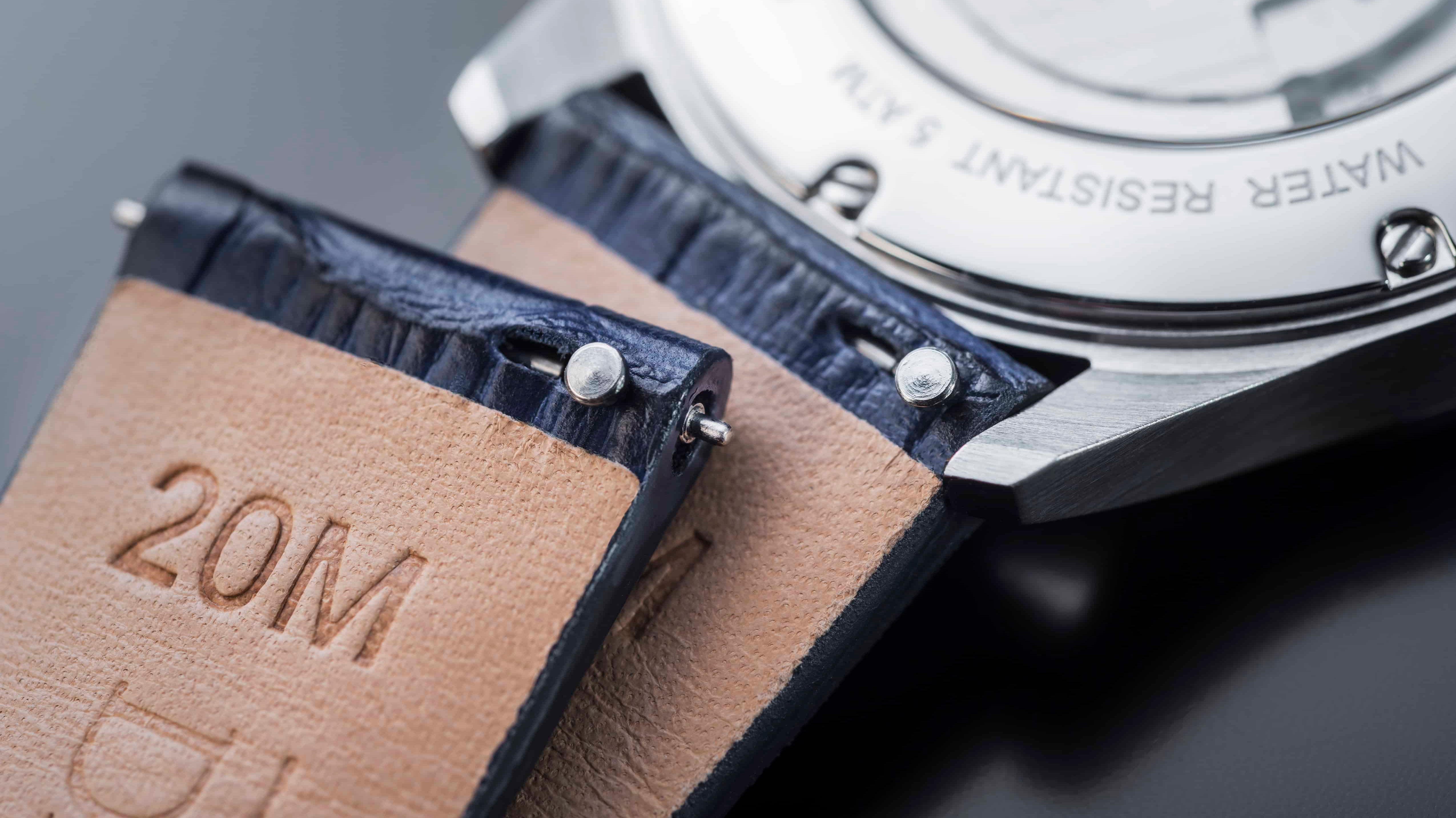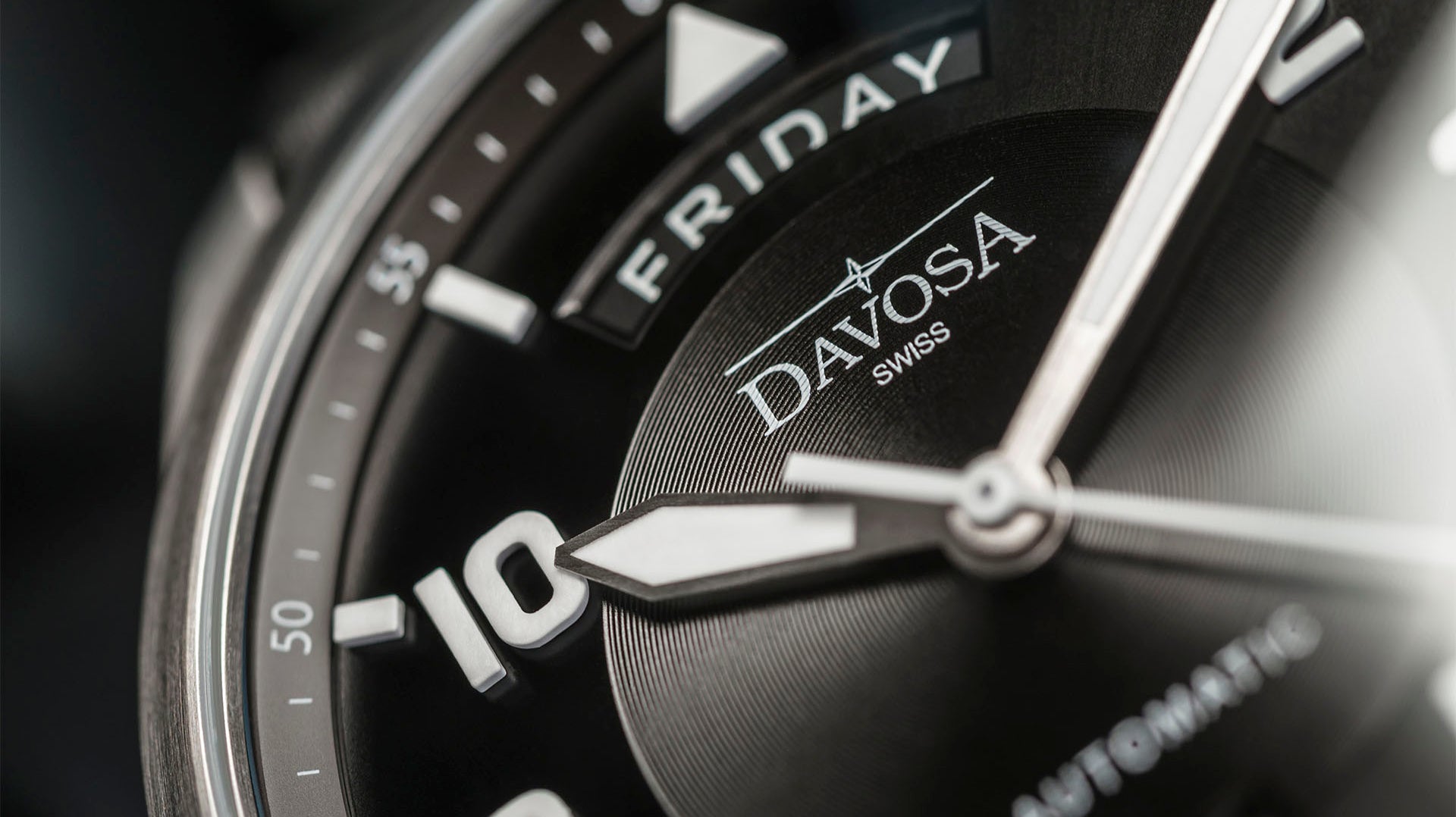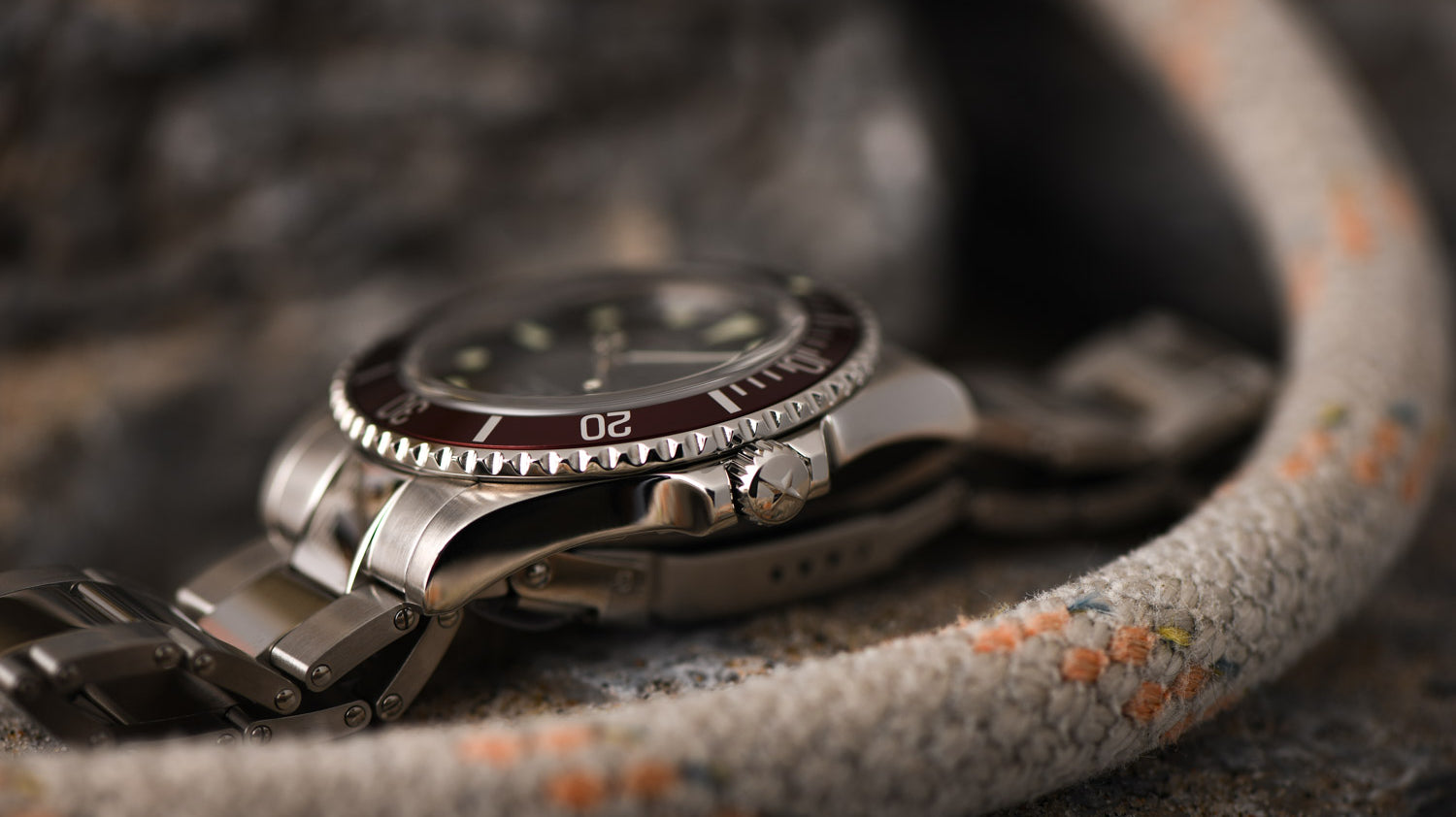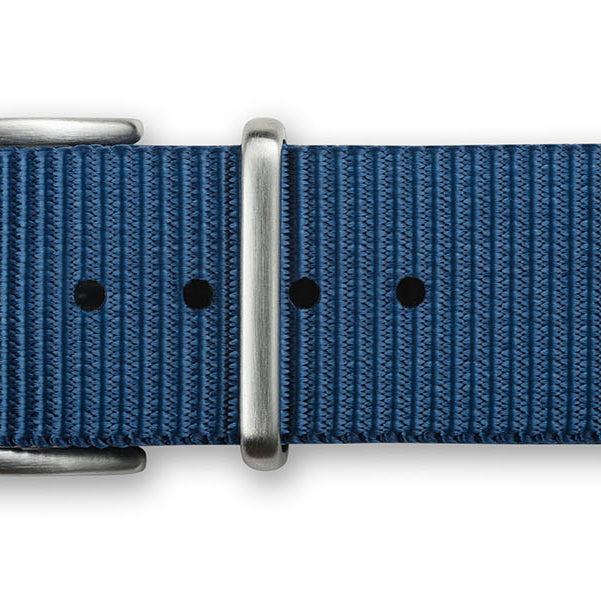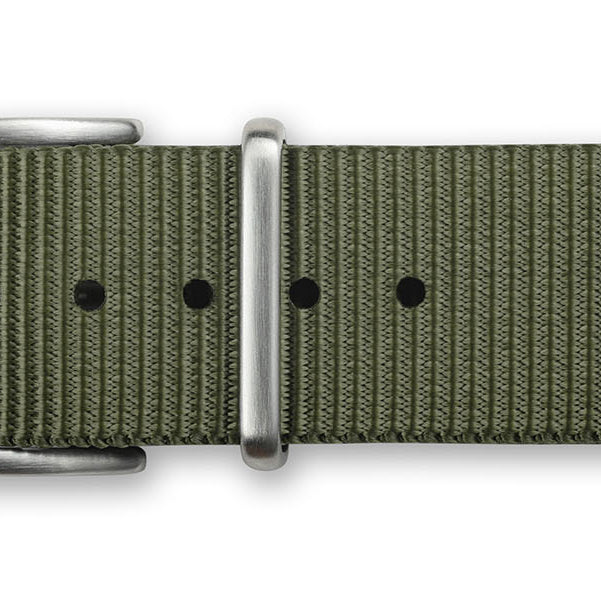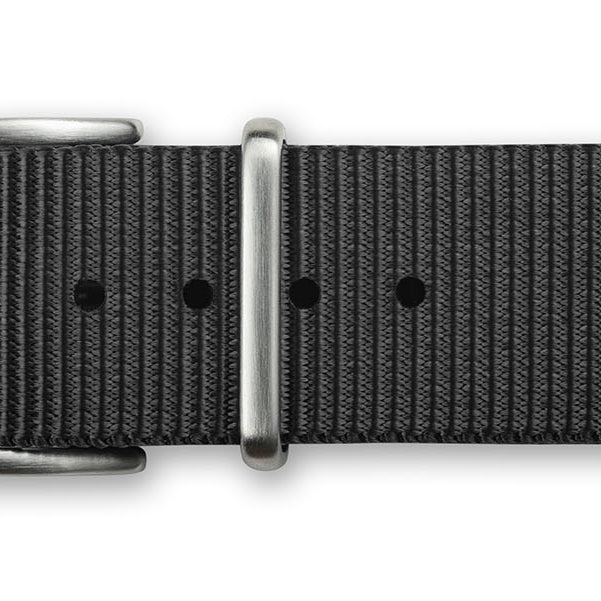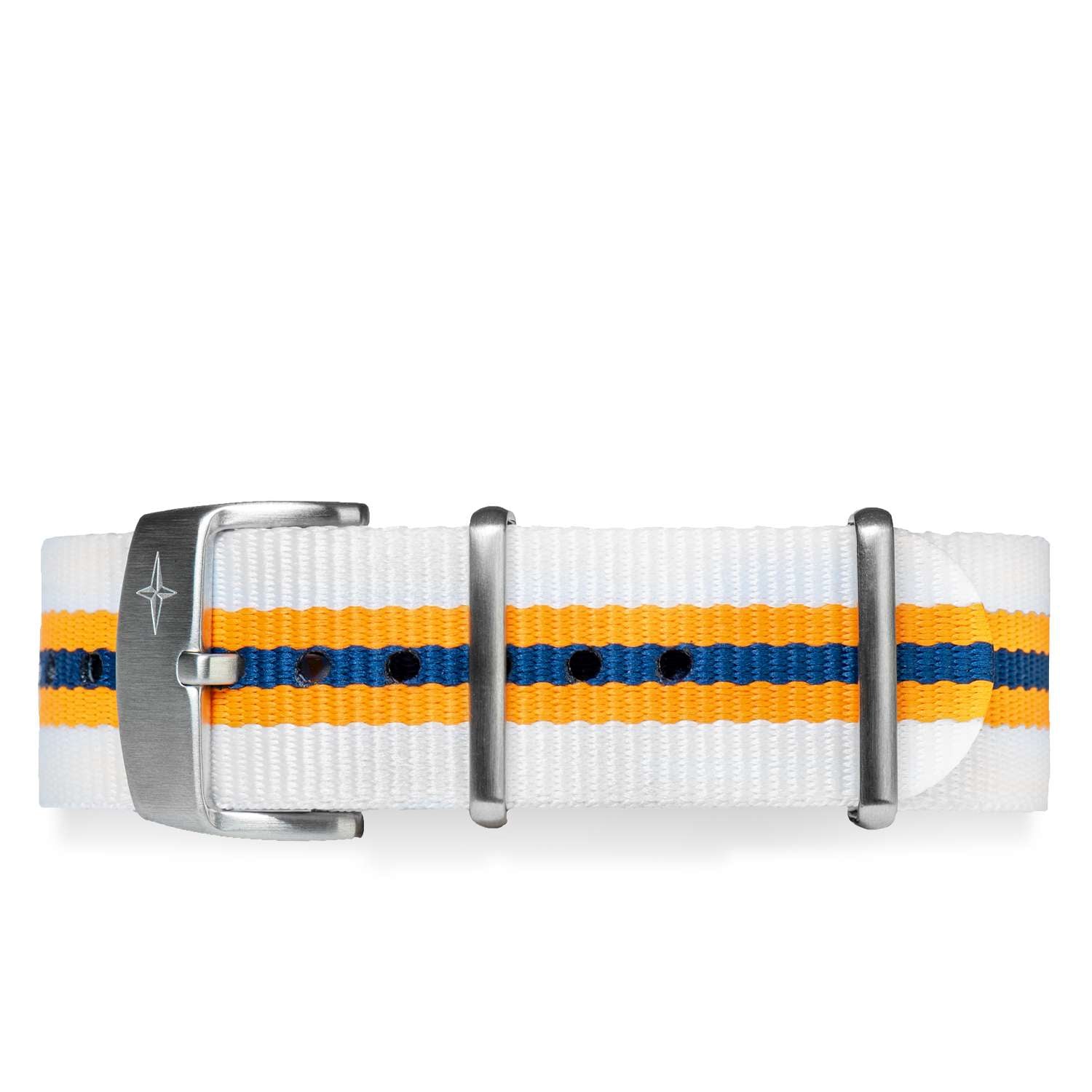Several debates animate the watchmaking world, with partisans vehemently advocating their ideas, and indeed, the Sellita vs. ETA match is one of the most widely followed. How do two companies that produce essentially the same product, i.e., the same watch movement with the same design, stand out from each other? Let's find out why this strange situation arises, which, as we shall see, is perfectly legal.
A bit of history
To get the whole picture, it is helpful to tell a bit of history that helps to understand the context. The modern ETA, which belongs to the Swatch Group, is a large container company that embraces many old (and bankrupt) former watch movement companies which have been acquired over the years. This brought as a dowry to ETA a large number of movement designs, only a fraction of which remain in production today.

A typical dress watch from Davosa
The result was that ETA became, in practice, the monopolist of movement production for other companies, the so-called ebauches. And to meet the demands that came from the watch market, from automatic watches to mechanical ones, it began to distribute production and assembly to third-party companies. One of these was Sellita, founded in 1950, which, after working for many years as a supplier for ETA, at some point decided to break away and produce movements on its own.
At that point, the design of many movements produced by ETA was already dating back several years and, therefore, was no longer covered by copyright, so anyone could use it without paying royalties to the original rights holder.
Sellita then focused on what it did best: "standard" ebauches such as the ubiquitous ETA 2824, which became the Sellita SW200, and after an initial troubleshooting phase, it began to offer products that were perfectly equivalent to ETA, as they were made according to the same design: an activity that continues to this day, with great success.

Sellita Movement SW200-D2, from Sellita.ch
Is Sellita as good as ETA?
Opinions on this topic are the most diverse. Traditionalists say no, but support for Sellita is unanimous. It also comes to us from some very distinguished Maisons that are Sellita's customers and not ETA's, for example, and that use Sellita's base calibers for their watches. such as Tudor, TAG Heuer, IWC, Hublot, and Oris.
A forced choice? Also. ETA, over the years, has drastically changed its policies, eventually antagonizing many of its former customers and, ultimately, even the Swiss government. There is an ongoing dispute between ETA and the Swiss Free Market Authority, which is challenging the Swatch Group company's ability to sell movements outside the group itself so as not to upset the balance of the market.

Sellita Movement SW200-1-S, from Sellita.ch
Sellita vs. ETA - Main Differences
We talked about movements made to the same design. This makes them equivalent but not the same! There are differences between the two companies products, although they have the same type of movement design; for example, an ETA 2824 and a Sellita SW200 can be used in the exact watch model since they have the same diameter and measurements. And the two different movements can be used for any watch, granting a long lifespan to the automatic watches.
The most significant differences between ETA and Sellita are that - speaking in general terms - the movements produced by the two companies are equivalent but not identical. That is to say, if we scrutinize the two equivalent calibers, we will notice slight differences, especially in what concerns finishes and small parts.
Finishes
Watch movements are produced in different versions, similar to what happens in automobiles. There is a basic version, an elaboré version, a top version, and a chronometer version. The more "accessorized" the versions become, the more they cost. On the other hand, they are made better, for example, with polishing and brushing surfaces or other accouterments that improve quality.
Examining the different versions shows us that an equivalent grade ETA movement is usually less finished than a comparable Sellita movement. Mind you, their operation is equally effective, but the workmanship is less luxurious.
Minutery
By this term, we mean all the elements that make up the movement, i.e., screws, wheels, pinions, axles: in short, all the little bits and pieces that make our watch tell time reliably.
Again, the finishes of Sellita's models tend to be better than ETA's. But, most importantly, the different parts are not interchangeable between the two manufacturers because there are minute differences in the geometry of the teeth of the wheels, for example, or the heights of their application on the axle. This means that if you use a Sellita wheel in an ETA movement, the movement is likely to fail faster than what happens with the correct parts.
Price
An important variable, especially in large numbers, is corporate sales policies. And here, Sellita wins and wins big. Because of its more streamlined structure, Sellita can respond quickly to minimal orders as low as a few dozen pieces, whereas ETA was unable - or unwilling - to do so.
In addition, the price of Sellita movements is always slightly lower than their ETA counterparts - something that, combined with an overall better quality of finish, slightly tips the balance in Sellita's favor over its company-mentor.
Main Takeaways
Before closing, it is worth mentioning that we are talking about the two most important Swiss watch movement production companies, so we are still on a level of excellence. In this case, there is no such thing as a company that makes good movements and one that manufactures bad movements. Both companies, Sellita and ETA, are capable of creating great quality movements that represent the top of Swiss micromechanical technology.
And so, we can conclude that, despite the title of our article, this heavyweight clash ends with a substantial draw. And those who gain are the buyers, who can have movements of excellent quality and robustness at a relatively low price.
The Davosa-USA.com website is NOT affiliated in any way with Audemars Piguet, Franck Muller USA, Inc. Richard Mille or Richemont Companies, Seiko, or any other brand which is not Davosa Swiss. Rolex is a registered trademark of Rolex USA. Davosa-USA website is not an authorized dealer, reseller, or distributor for Rolex and is in NO WAY affiliated with Rolex SA or Rolex USA or any other brand besides Davosa Swiss. |


